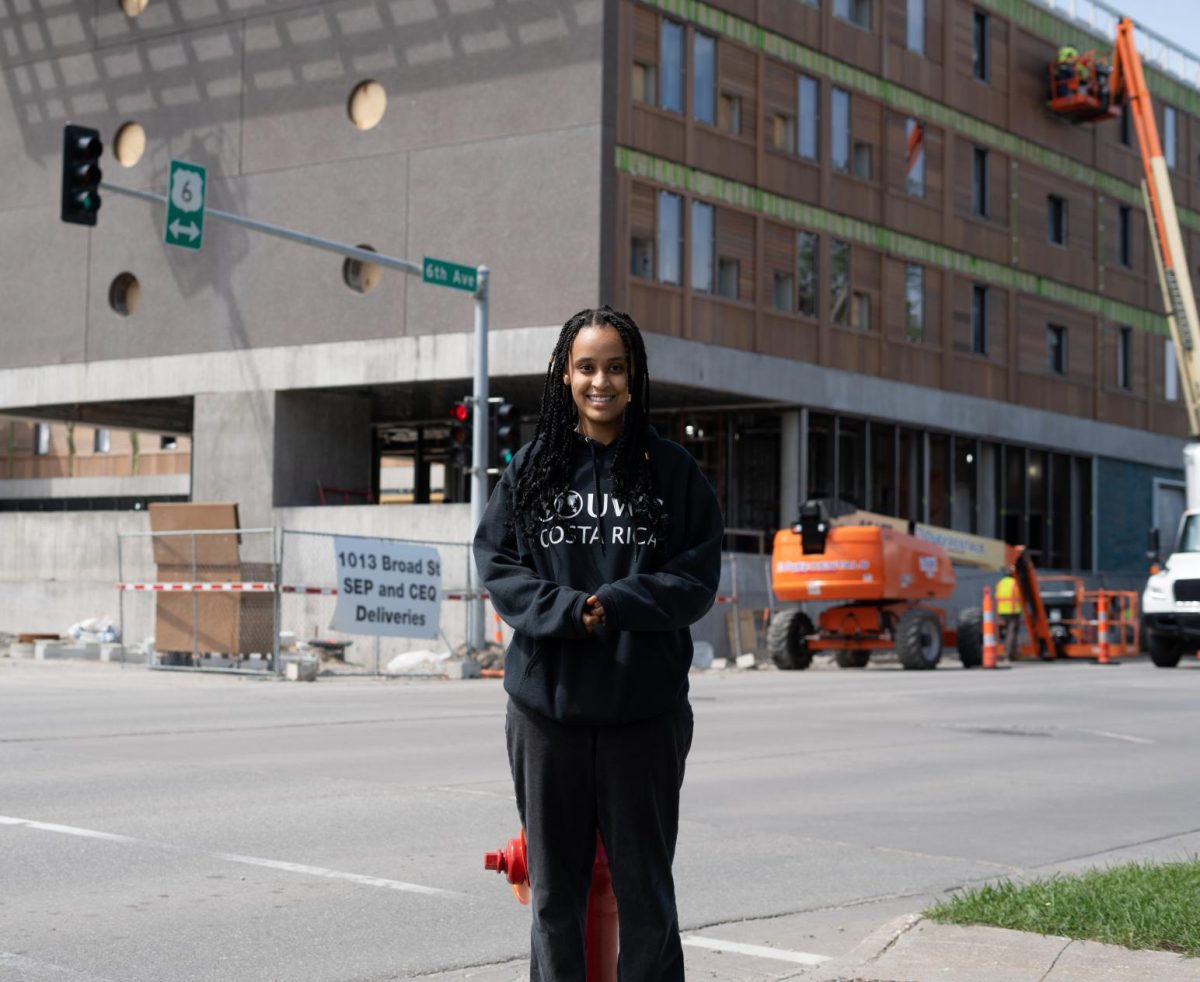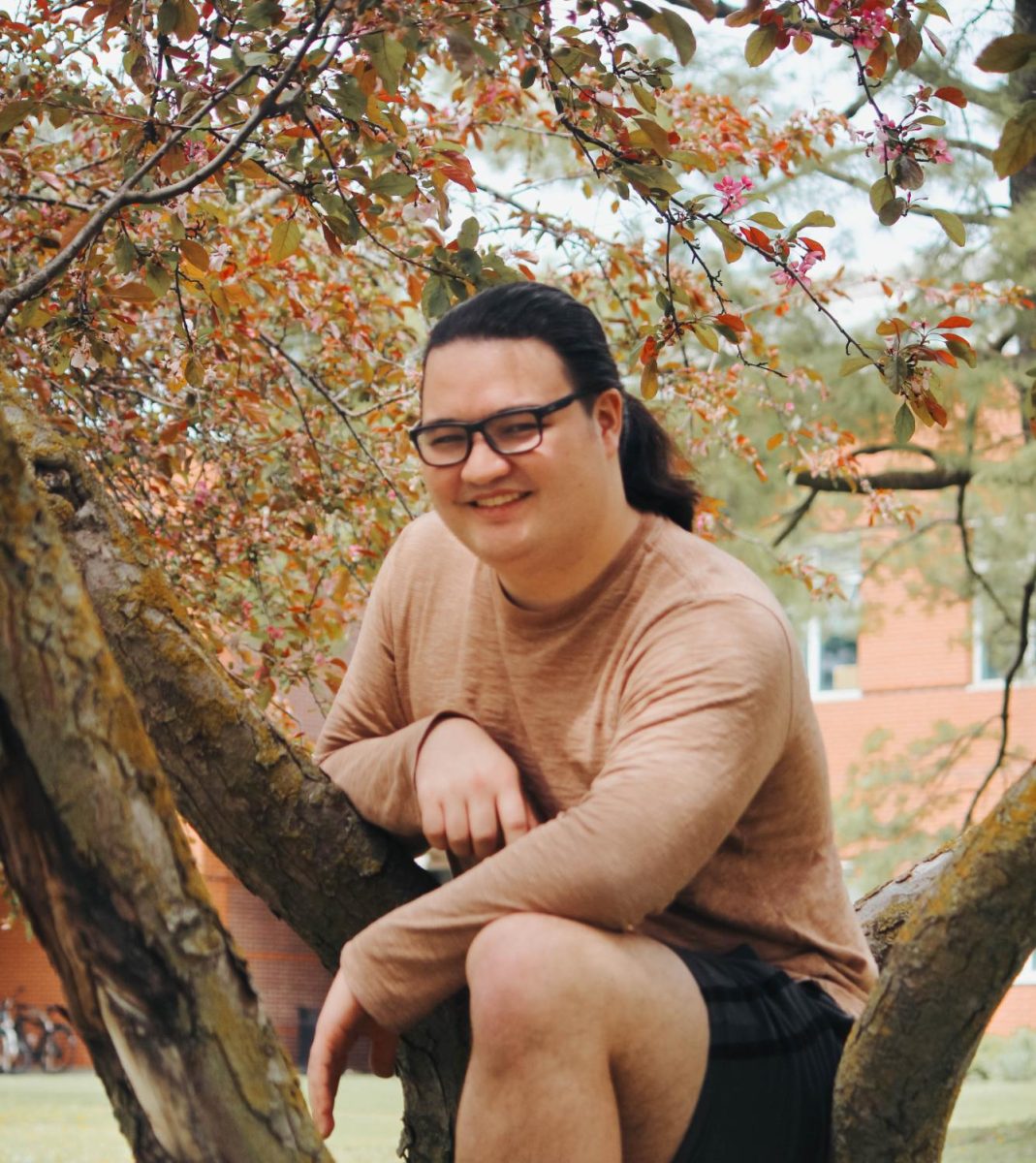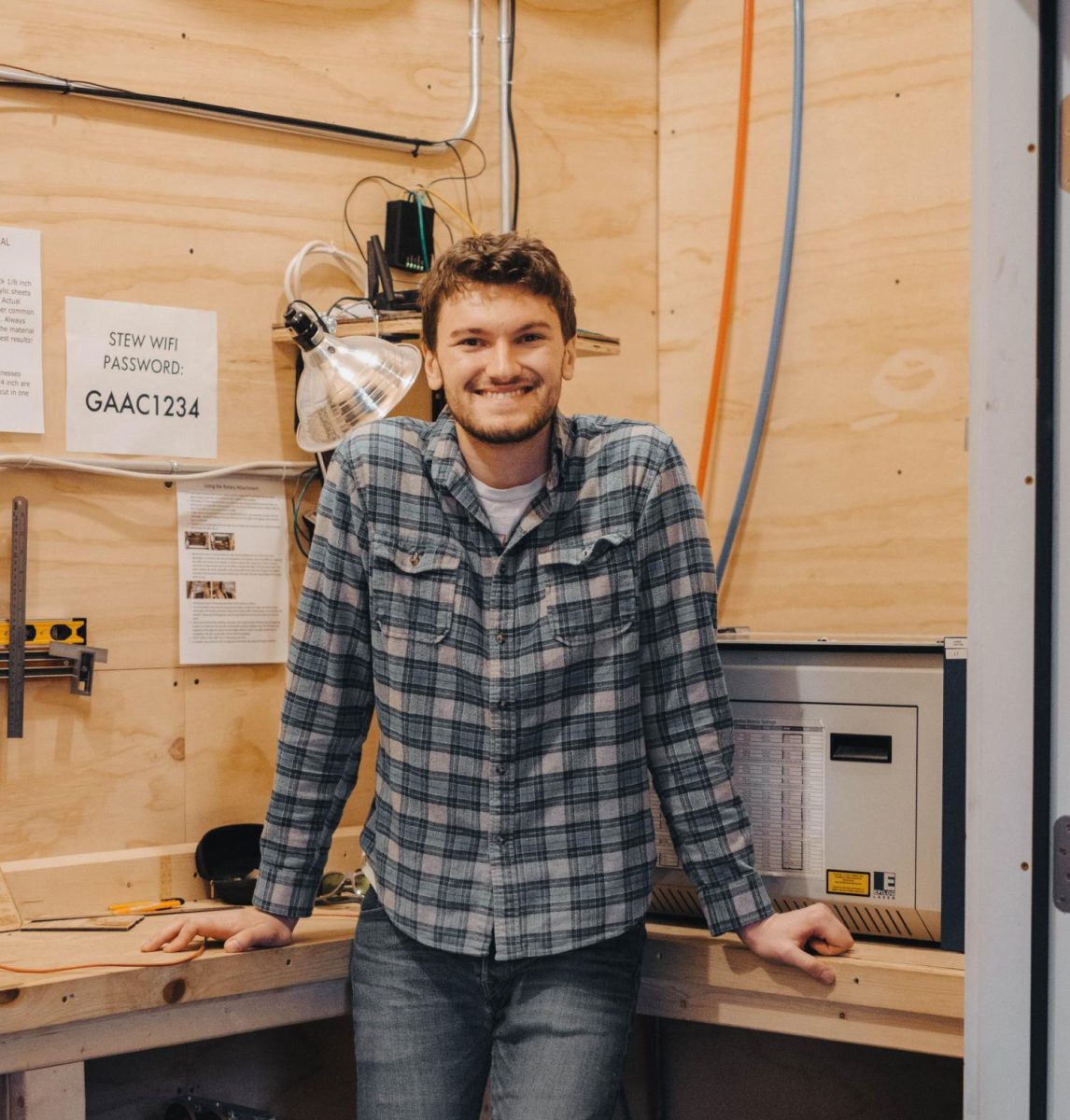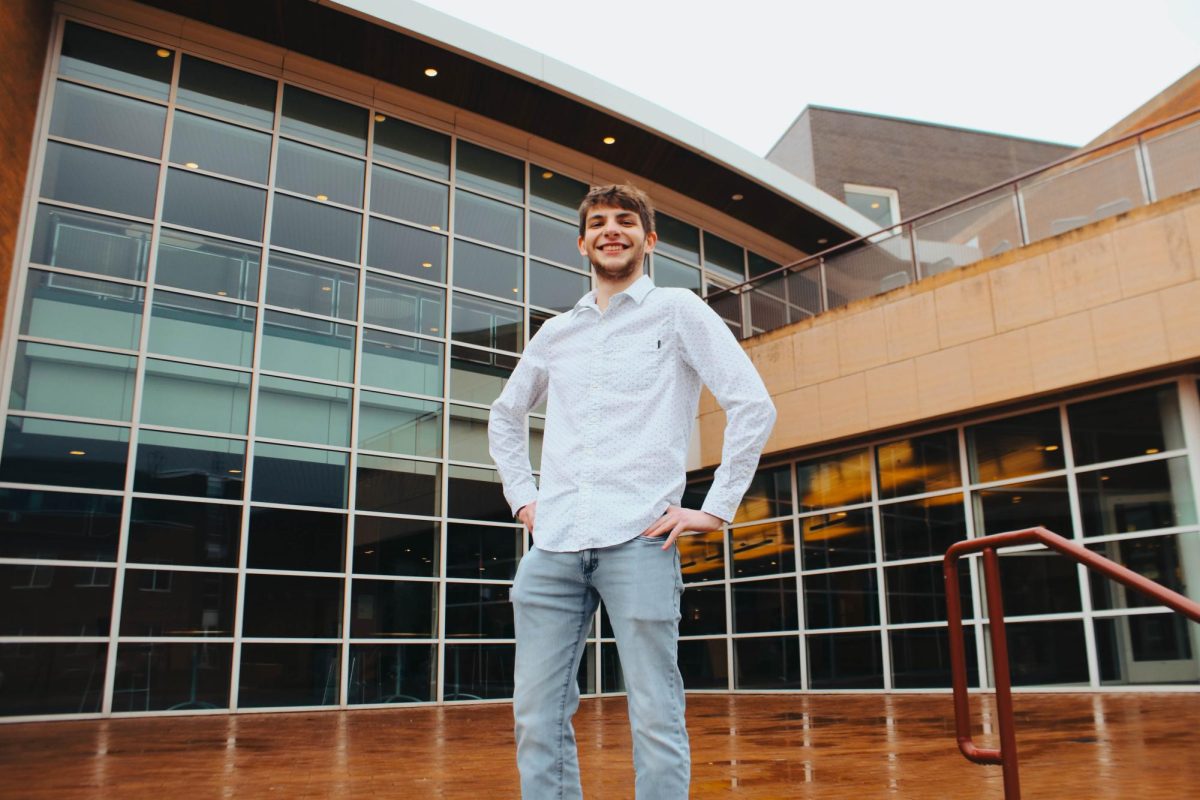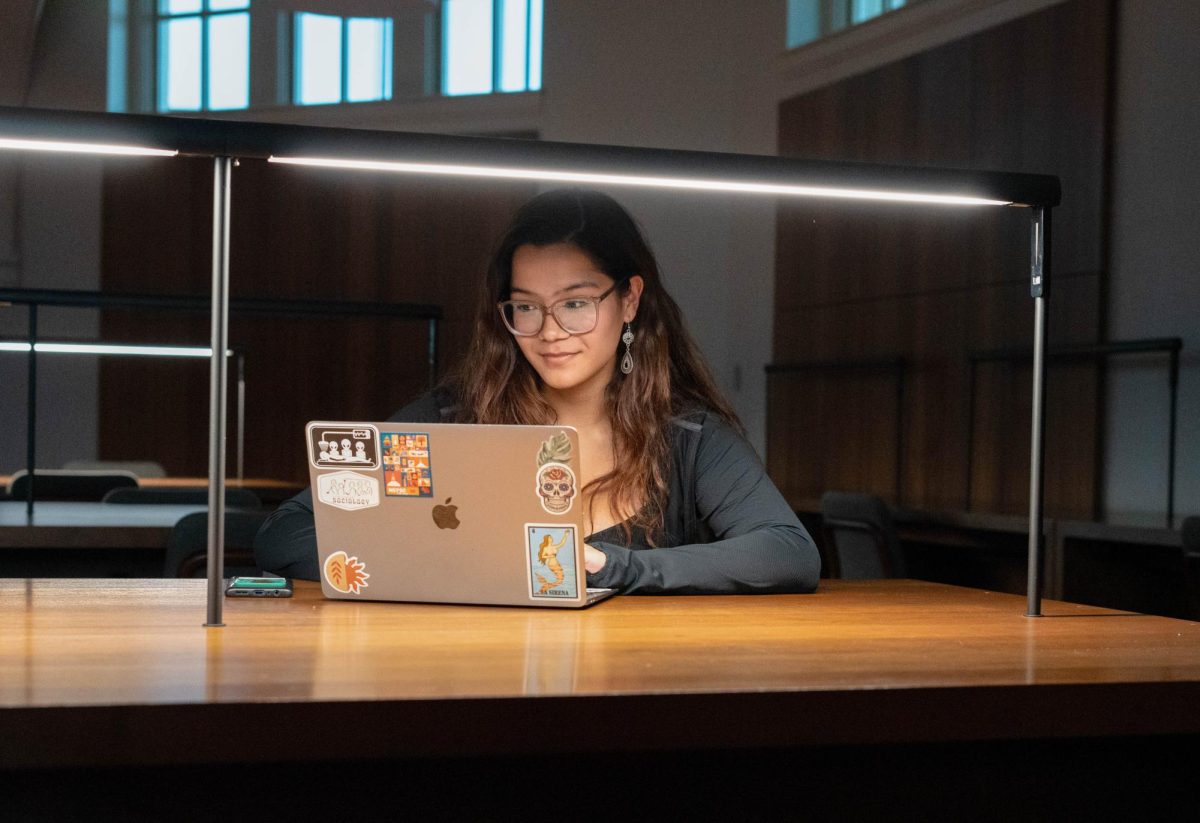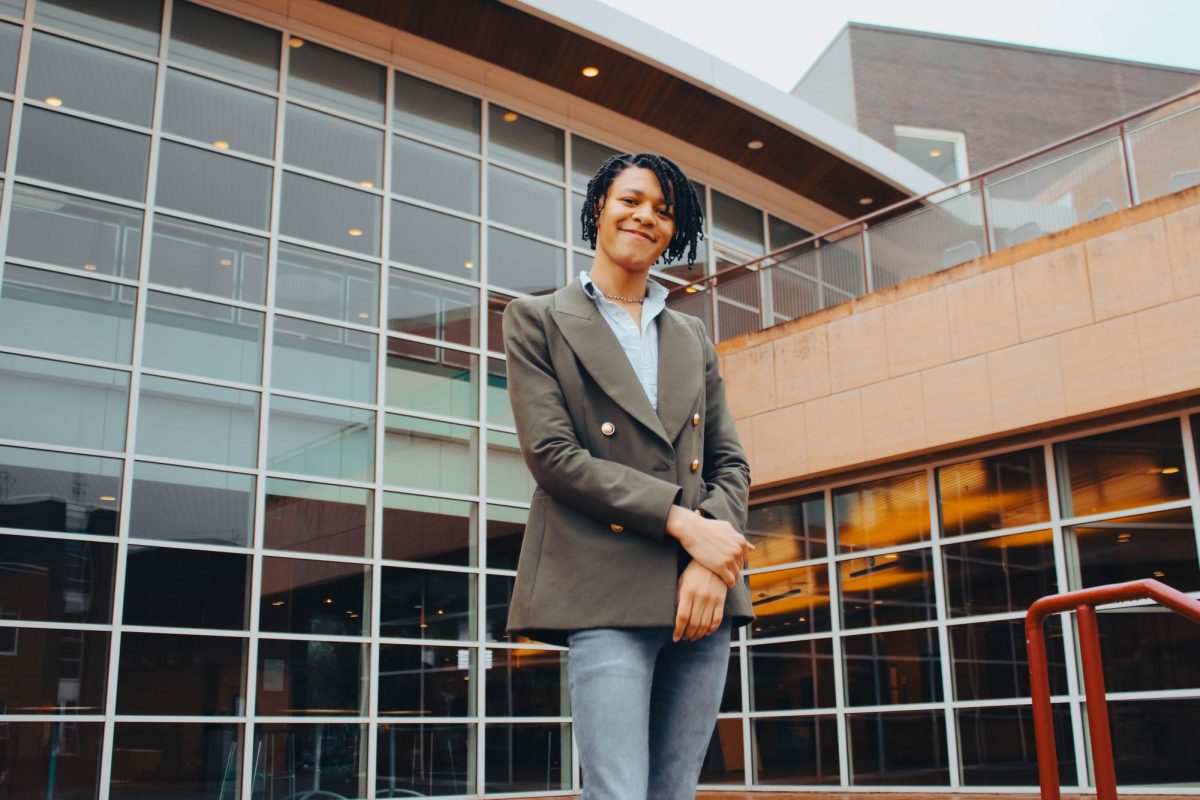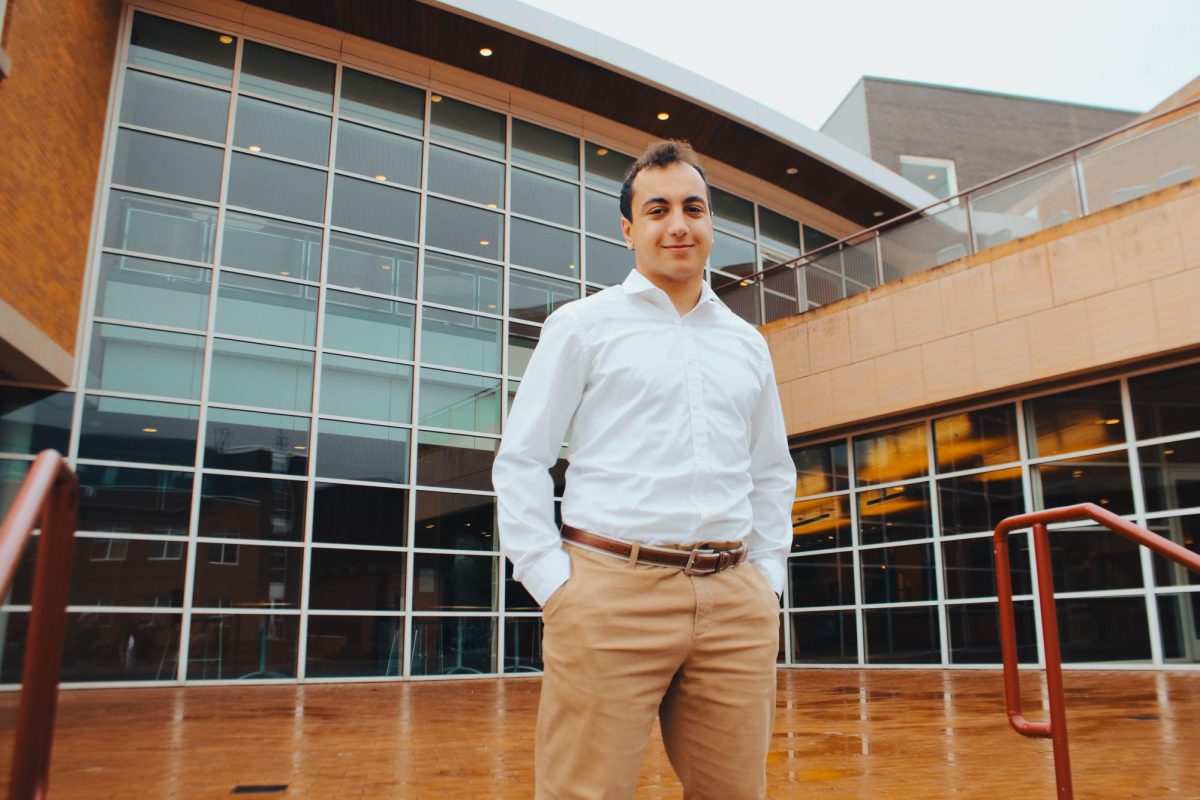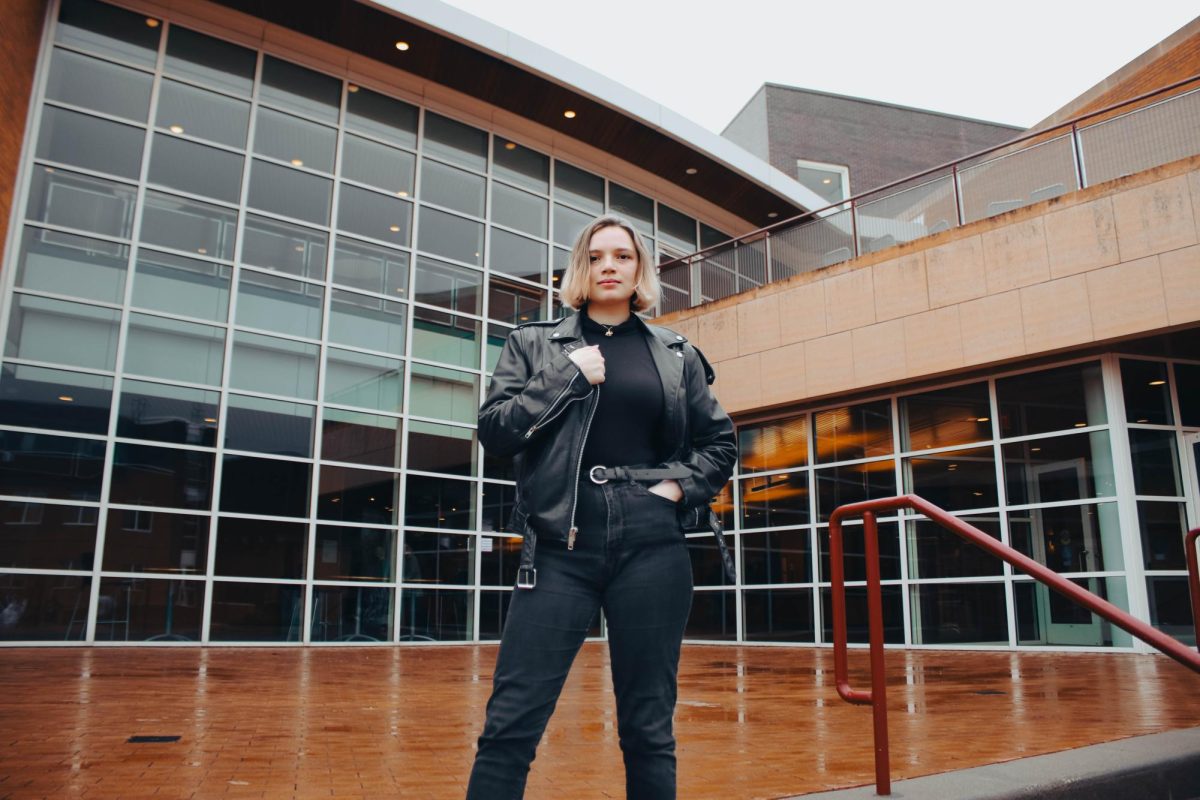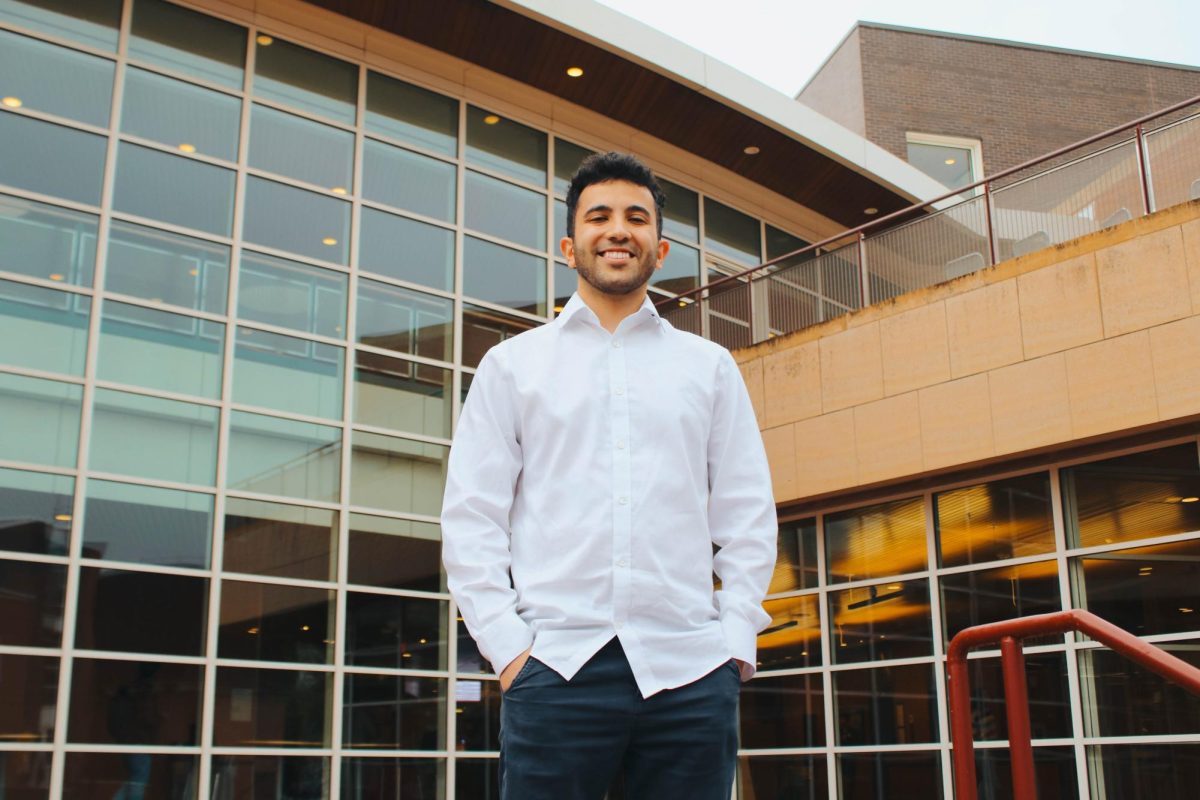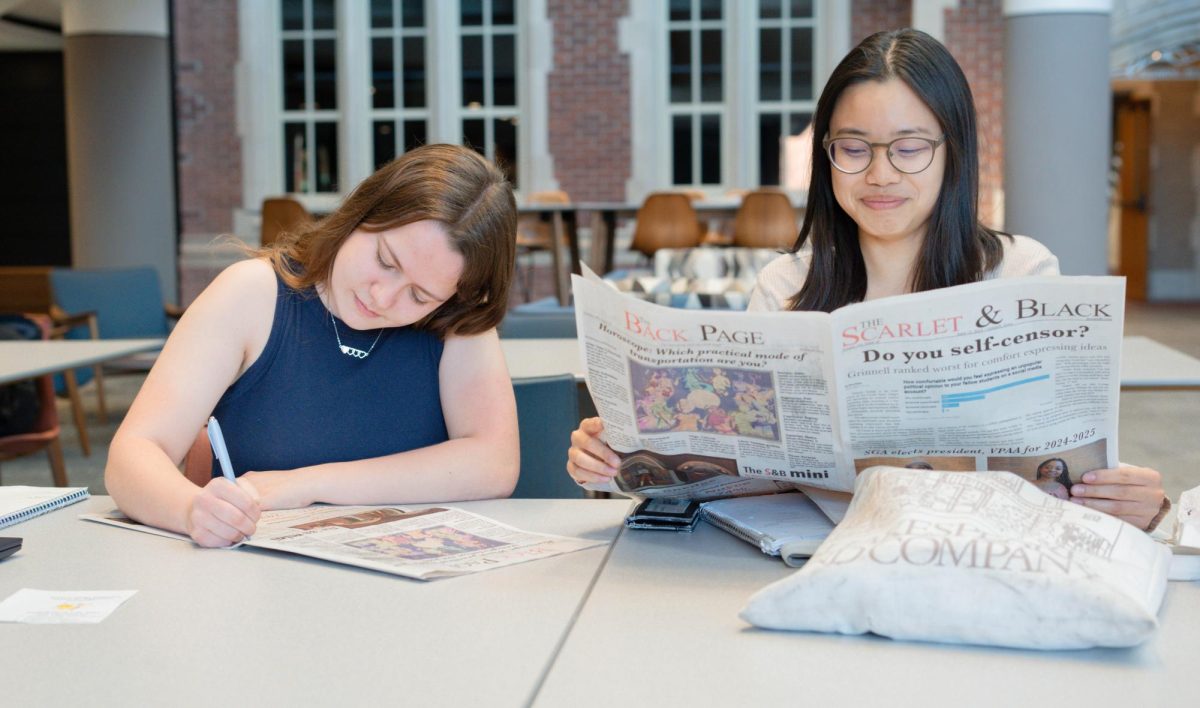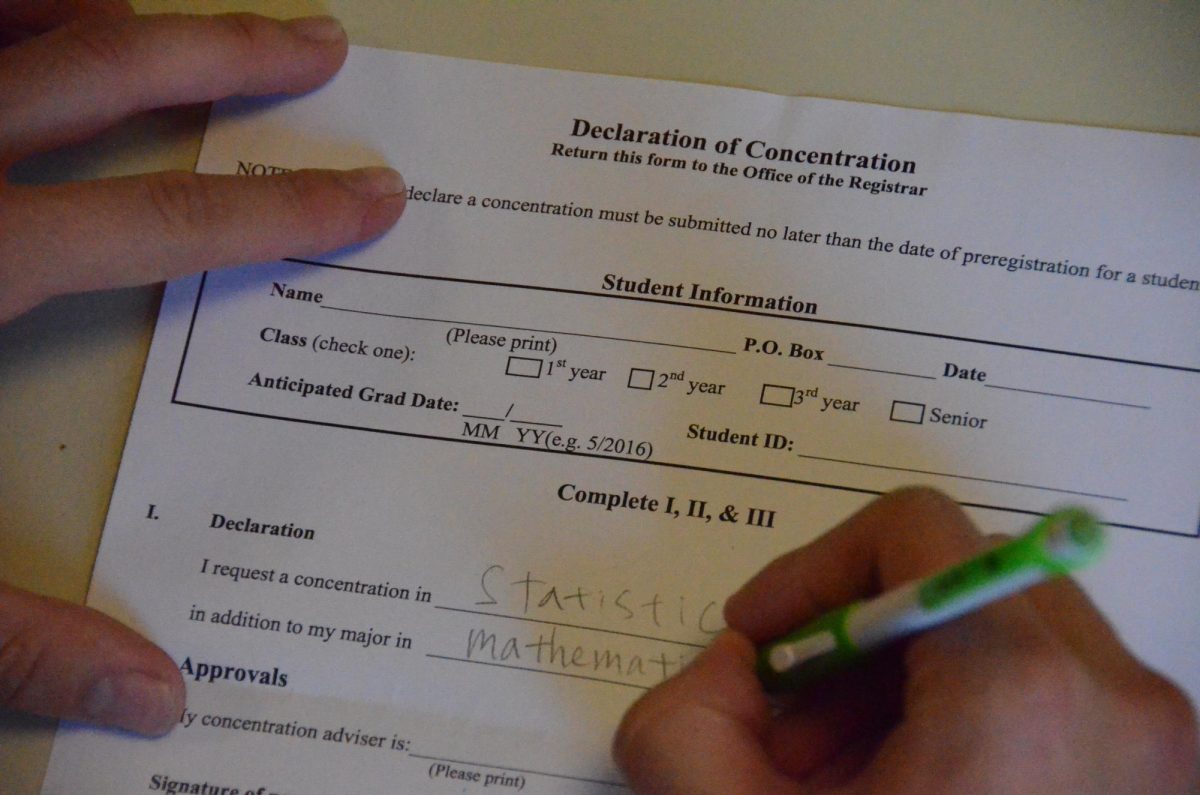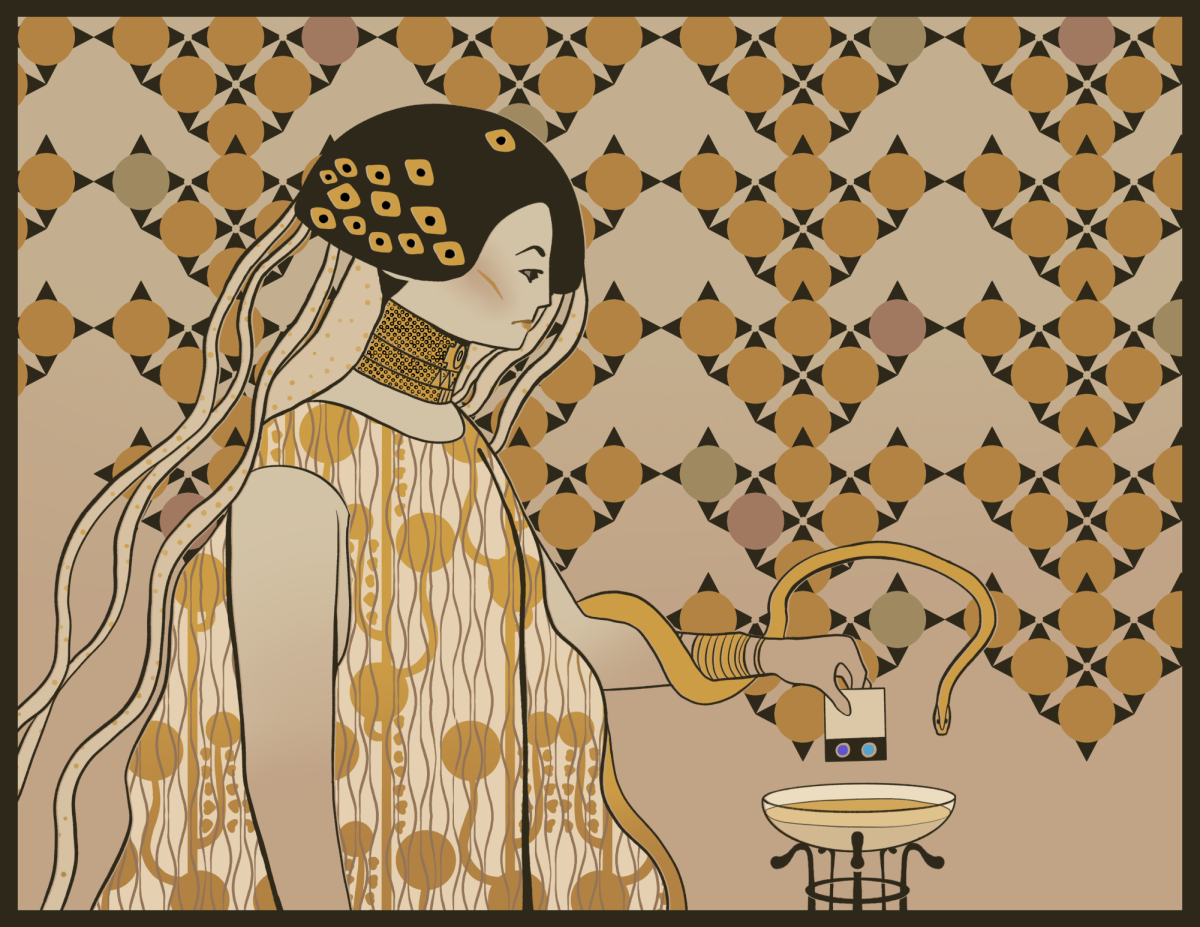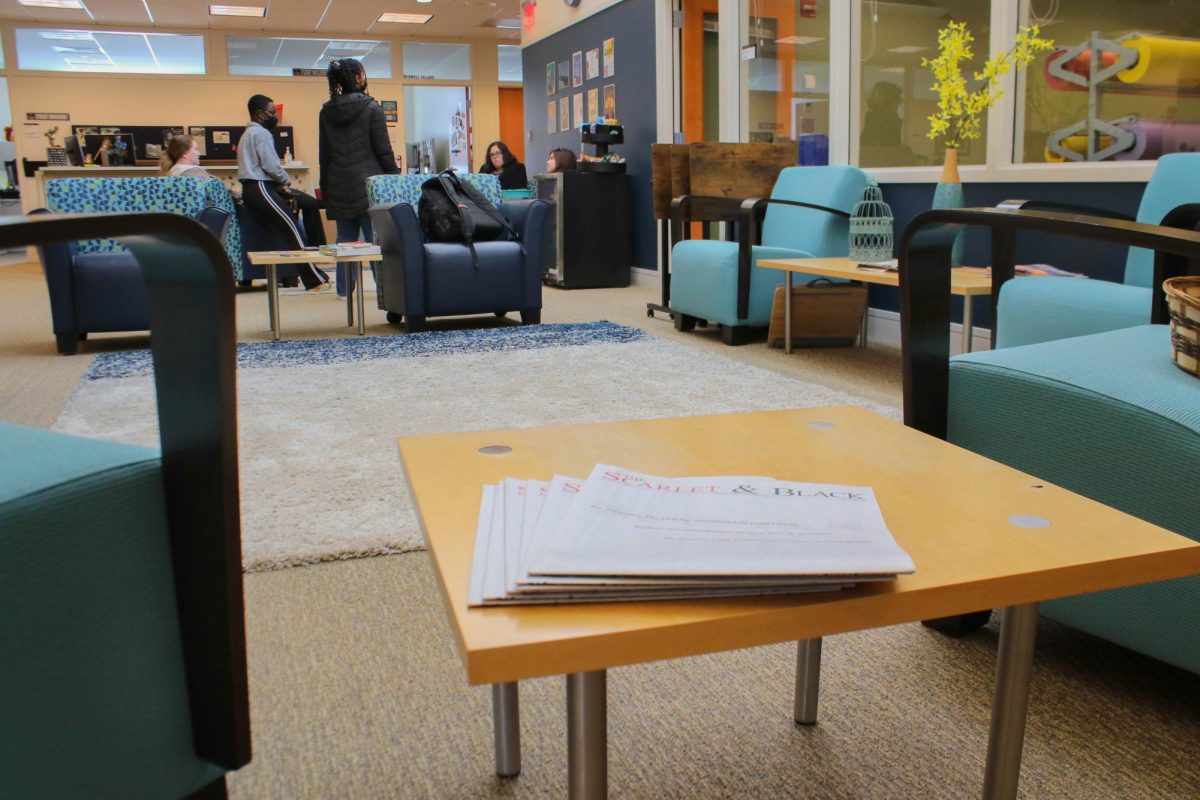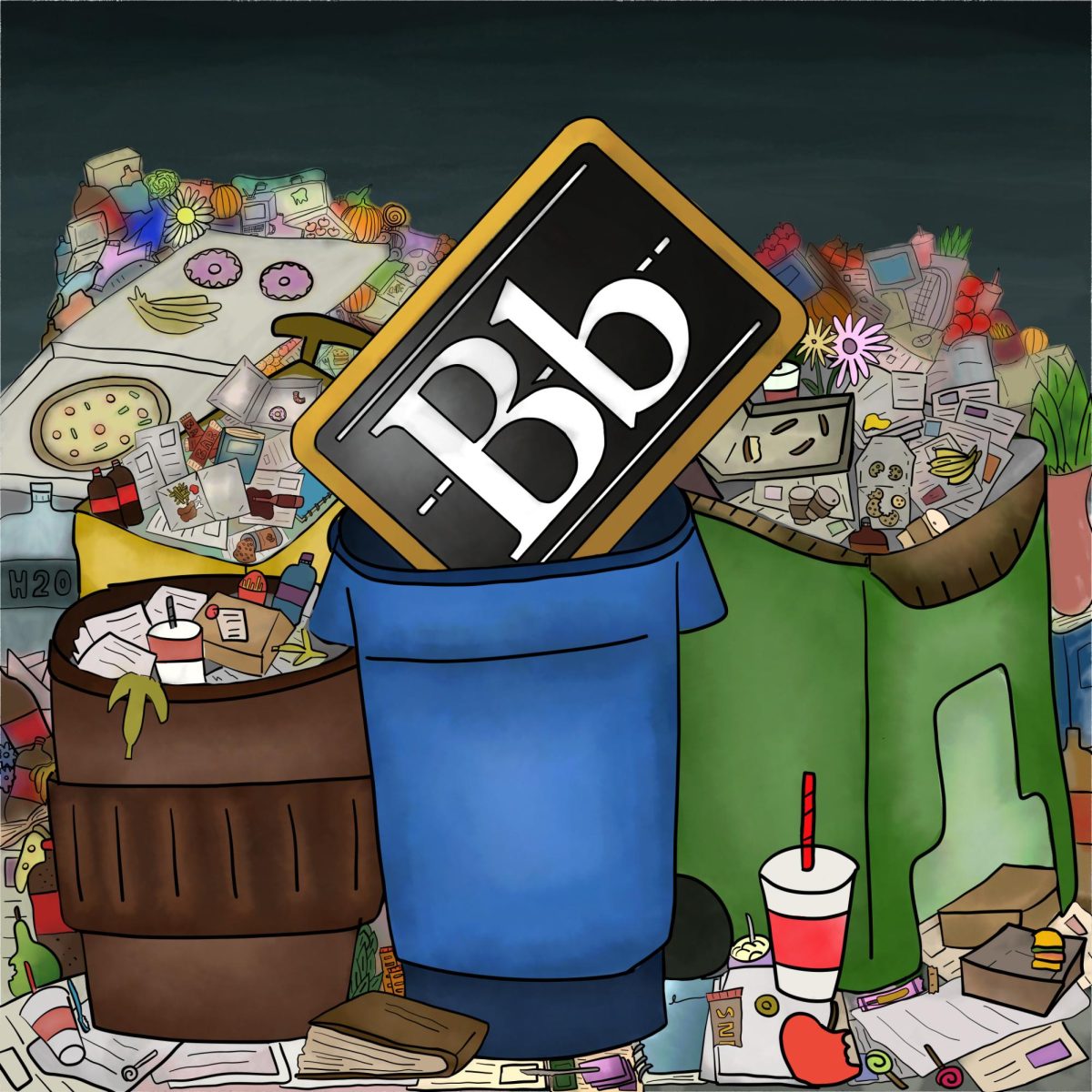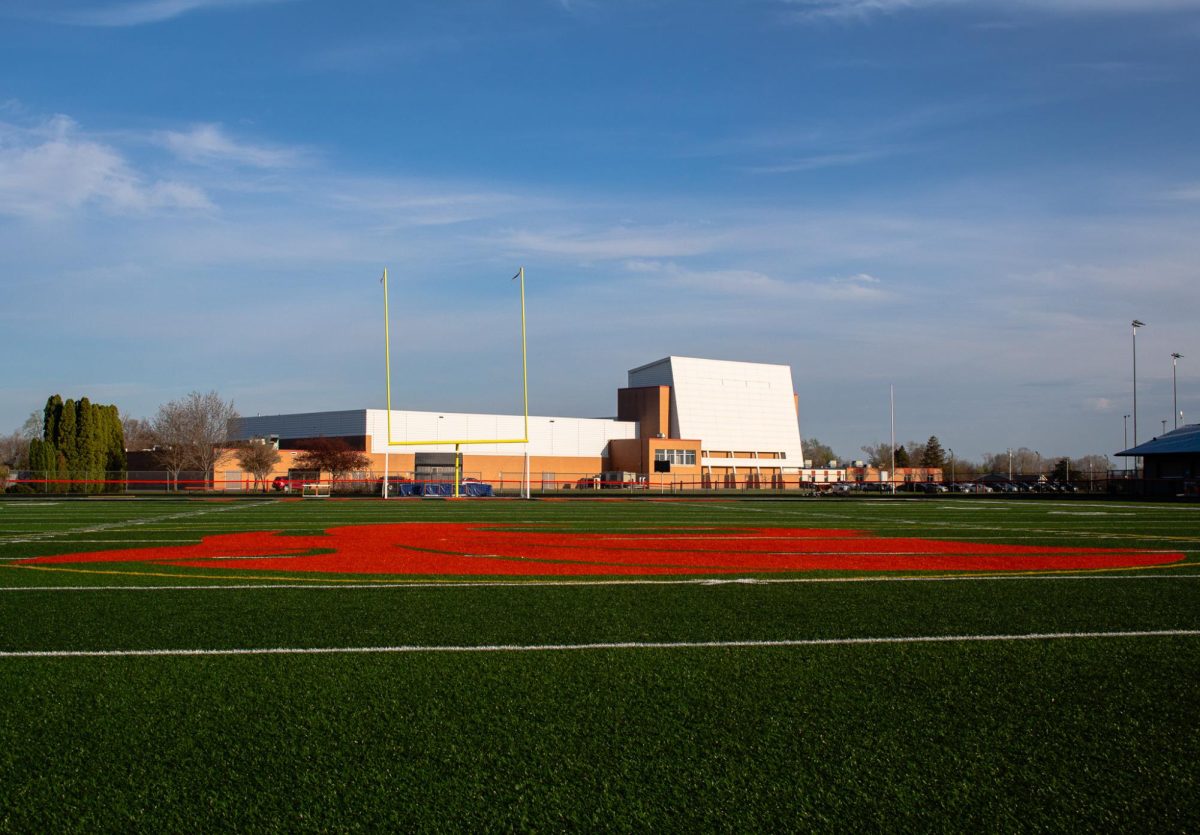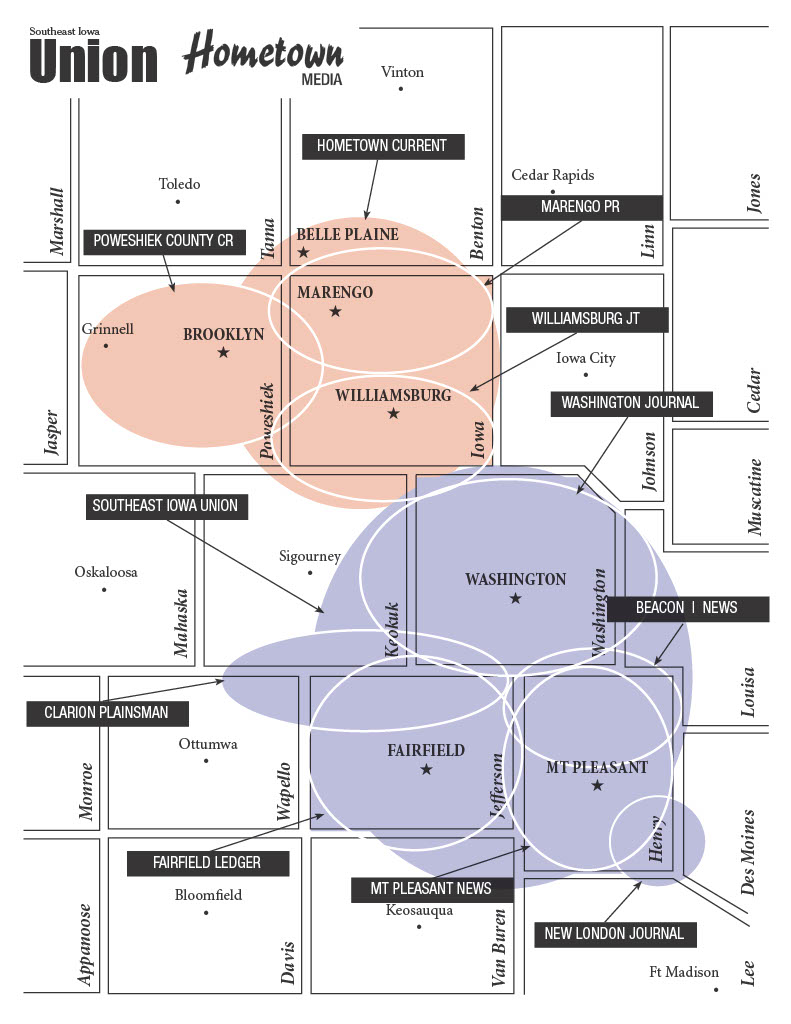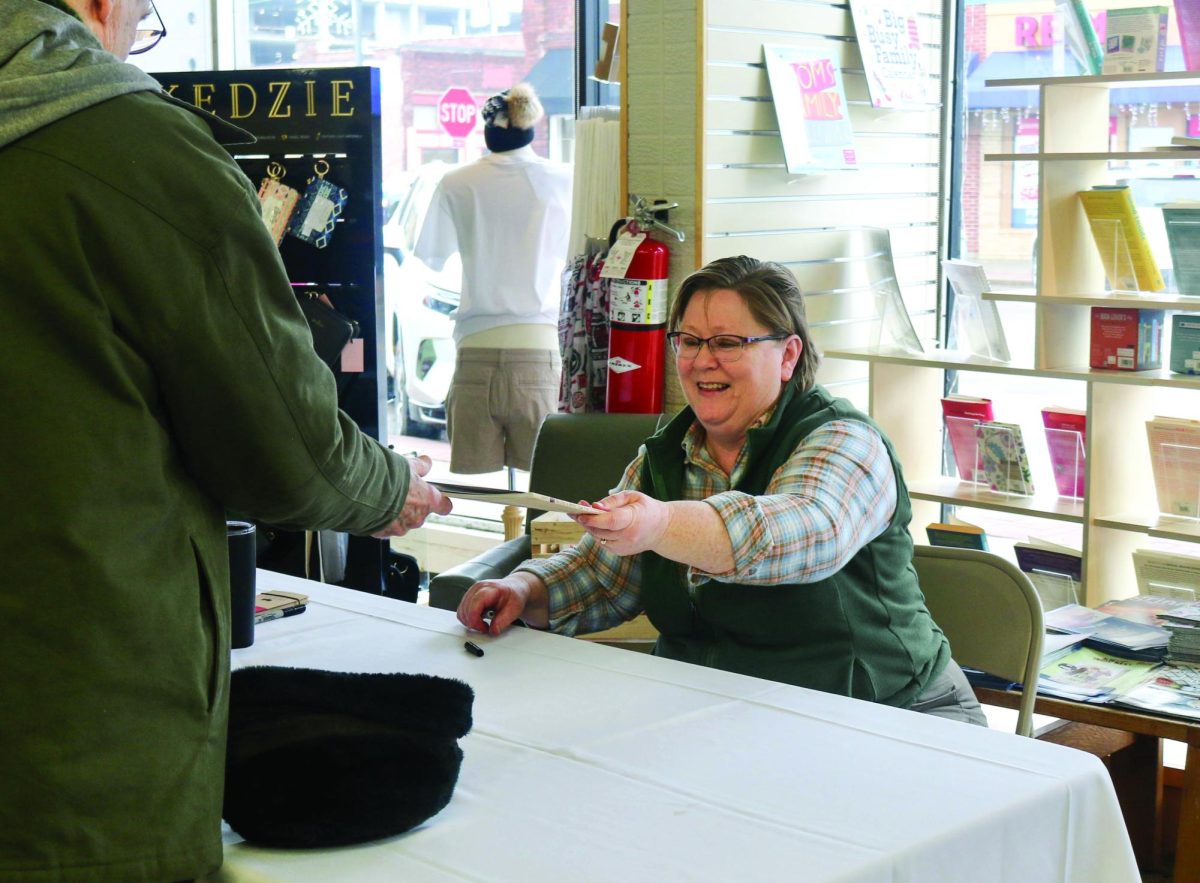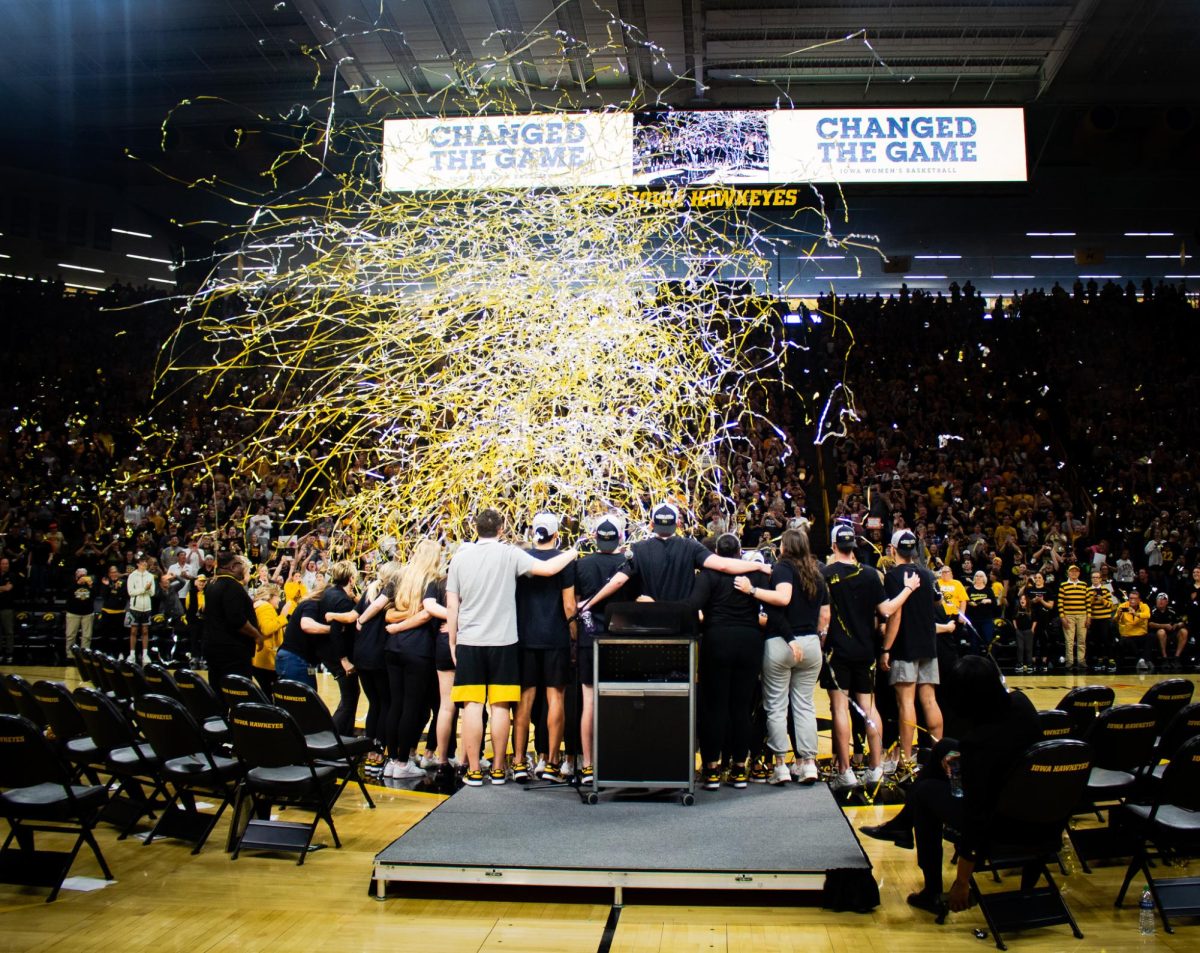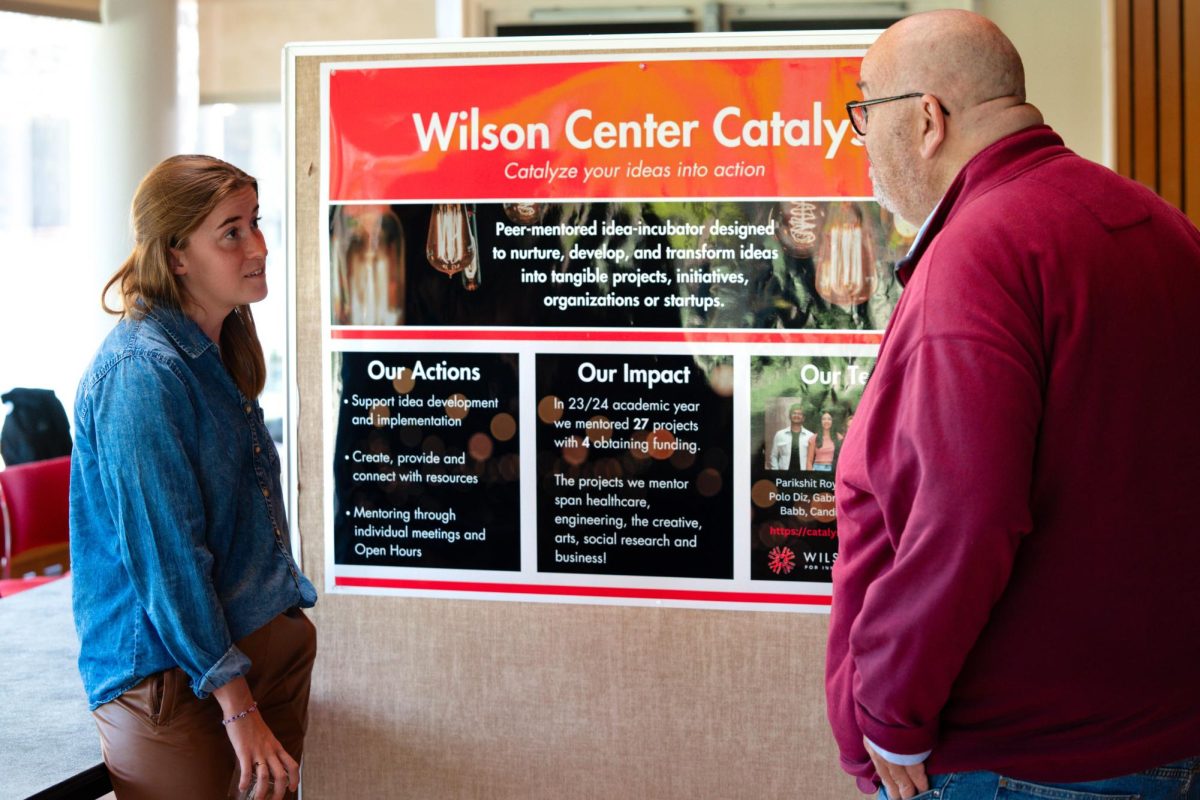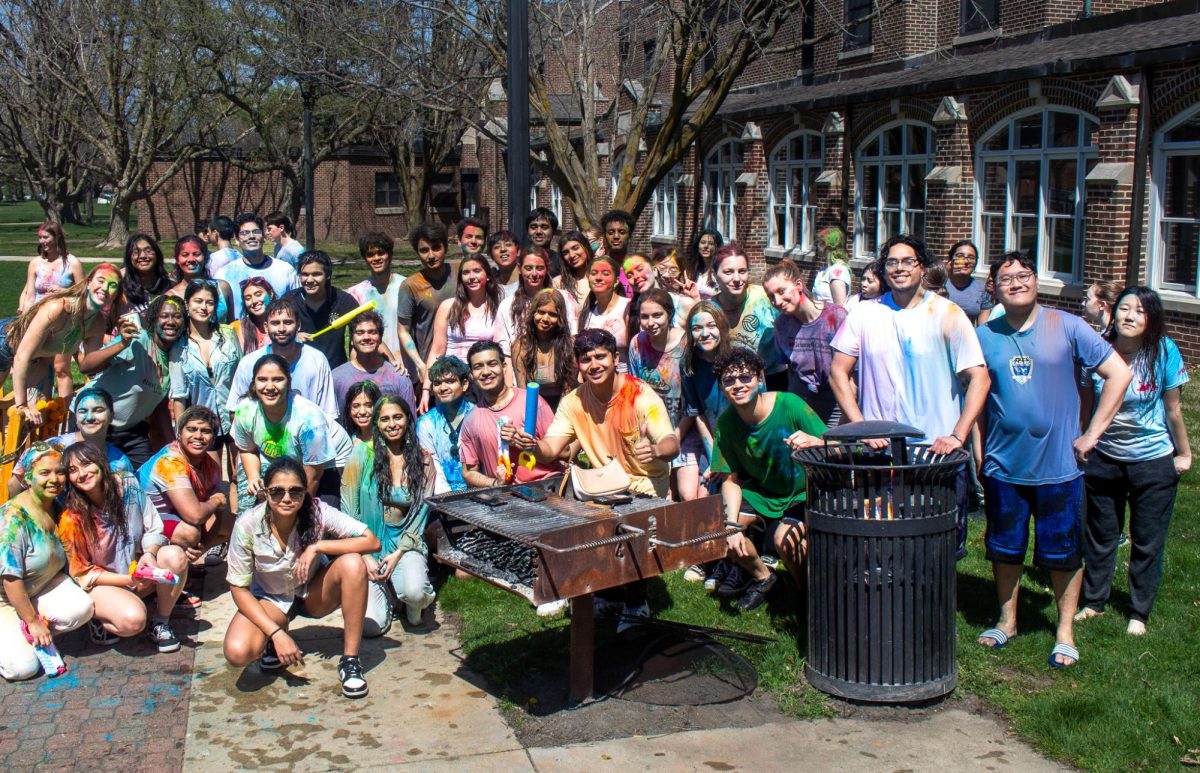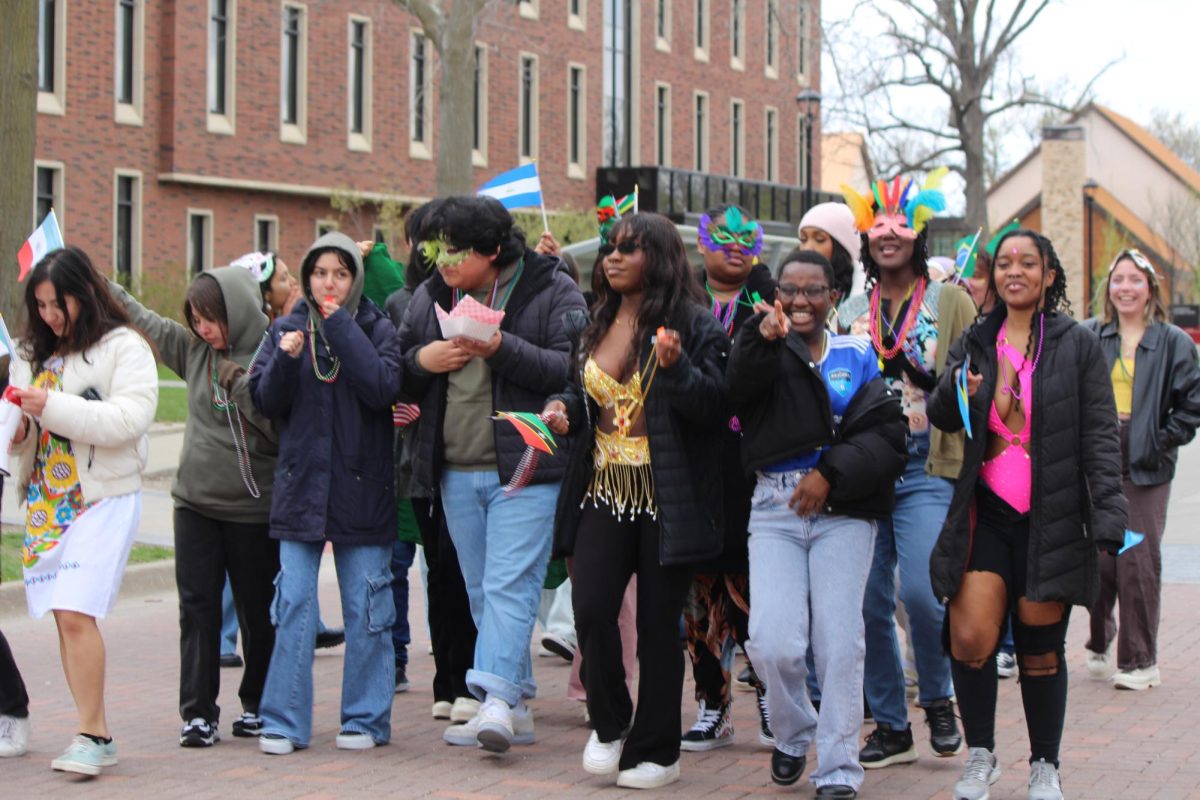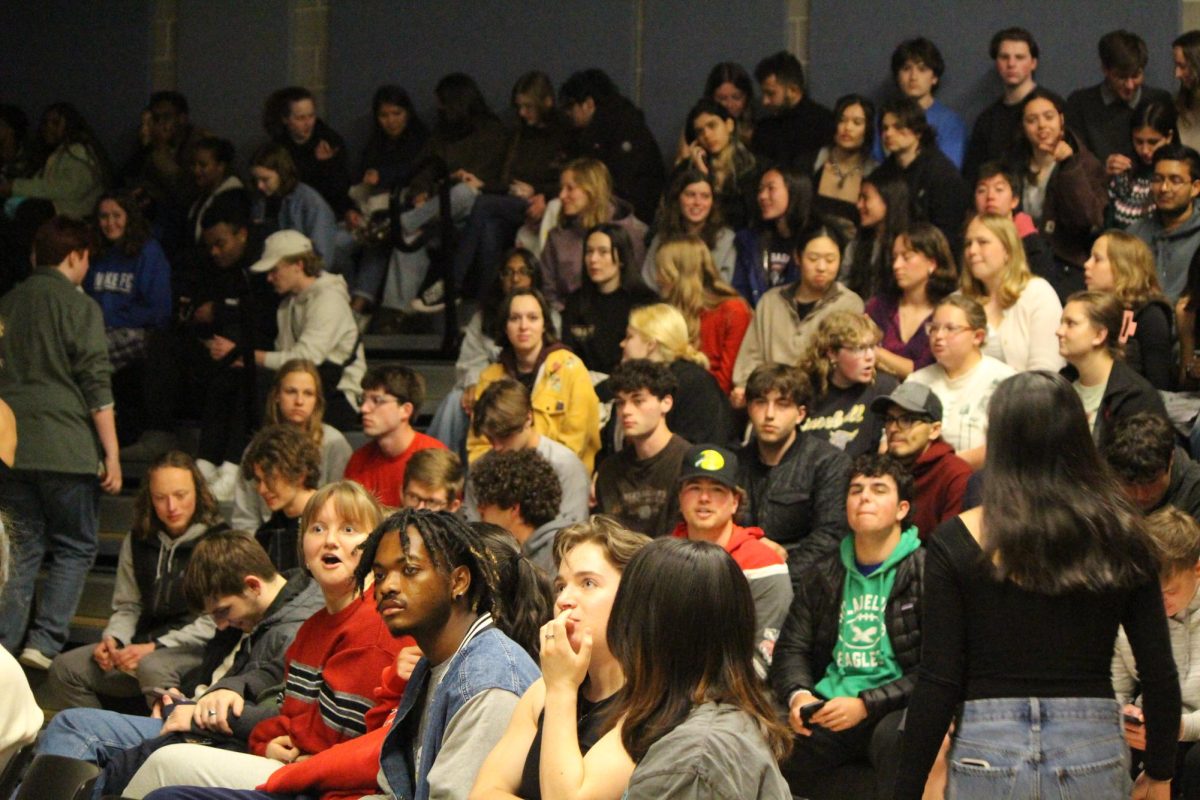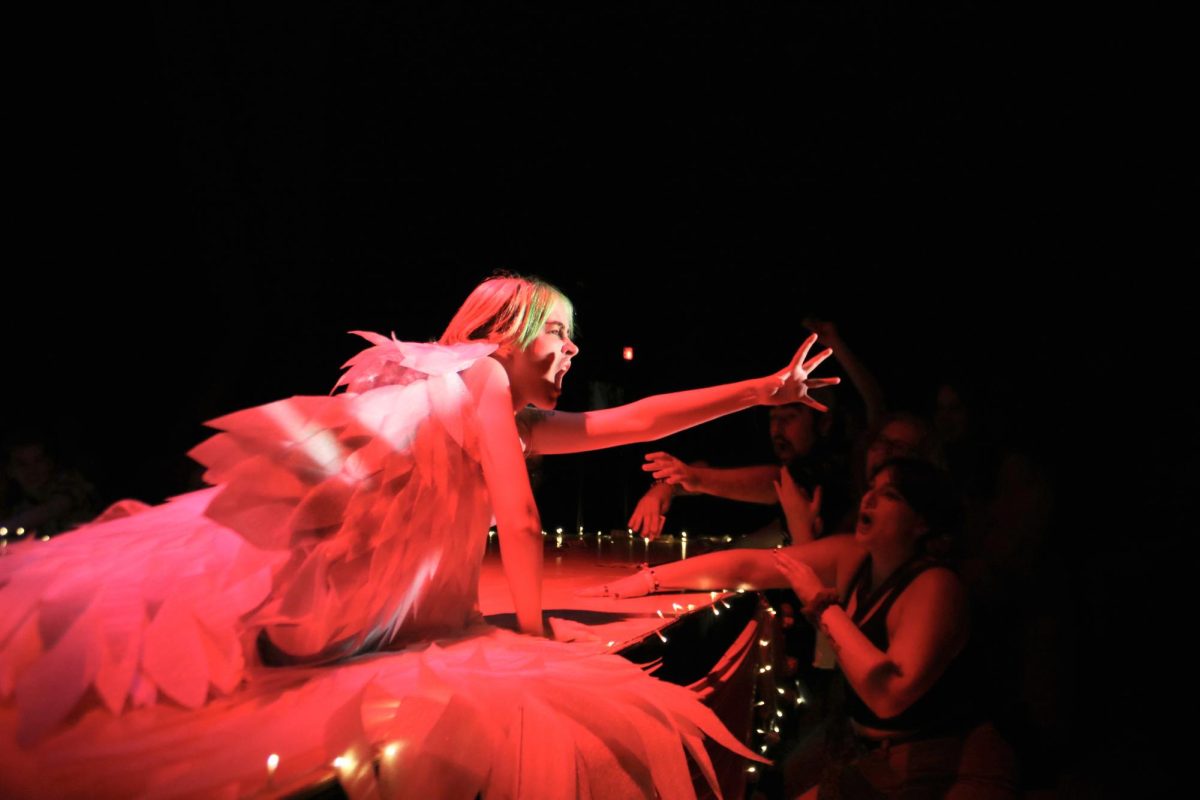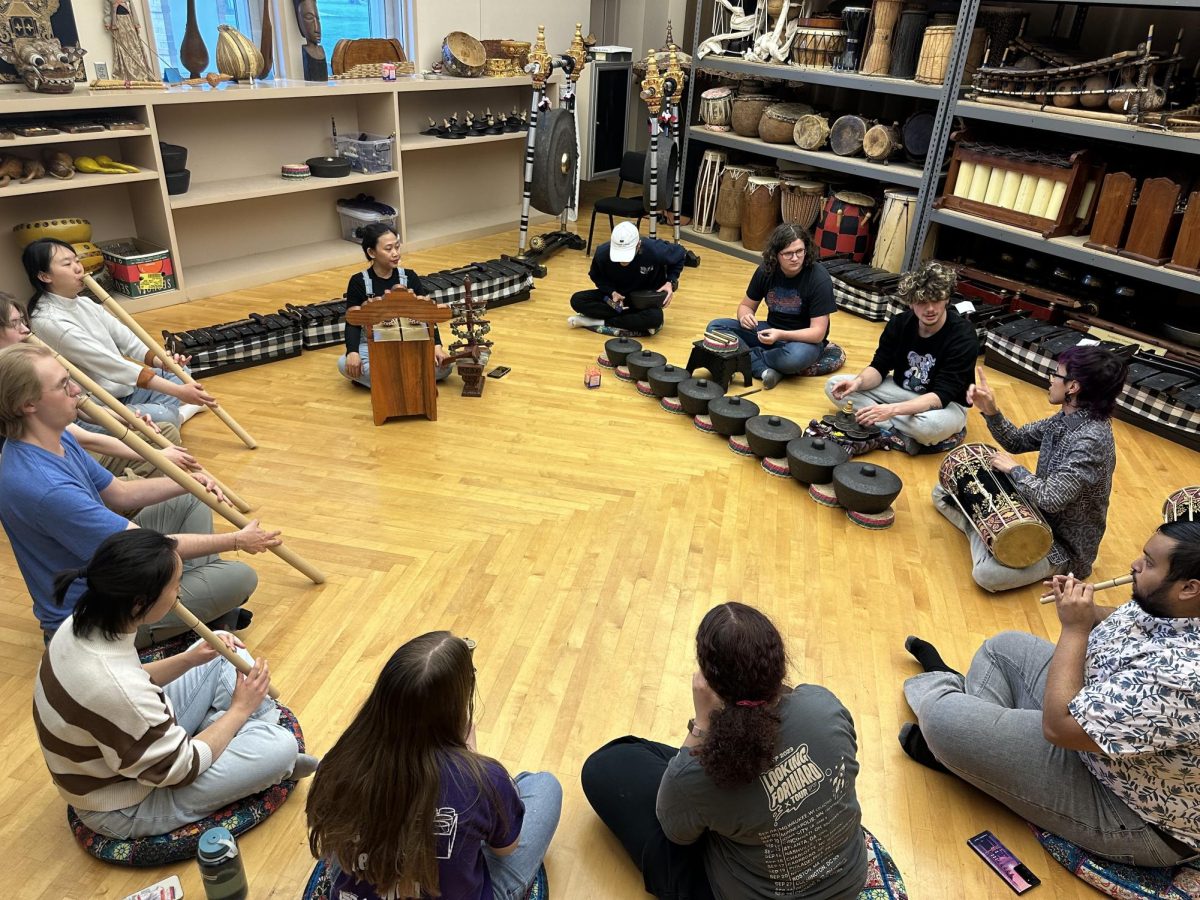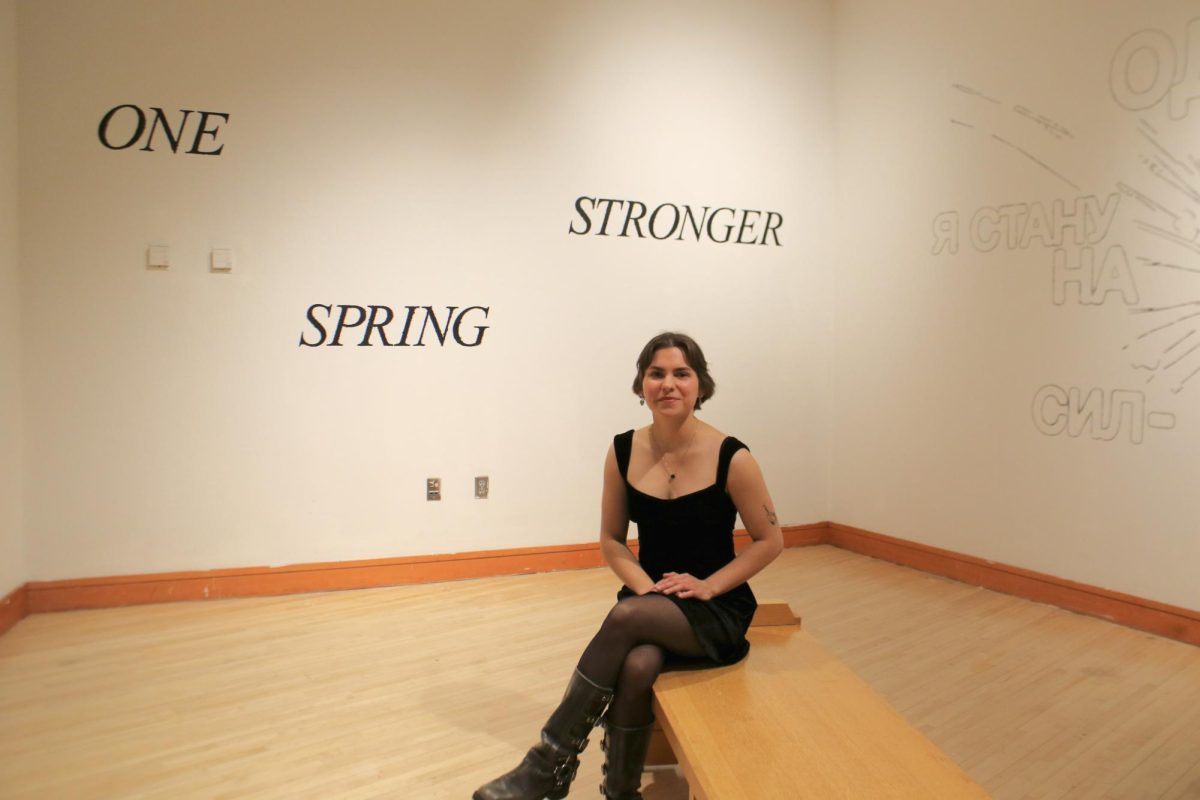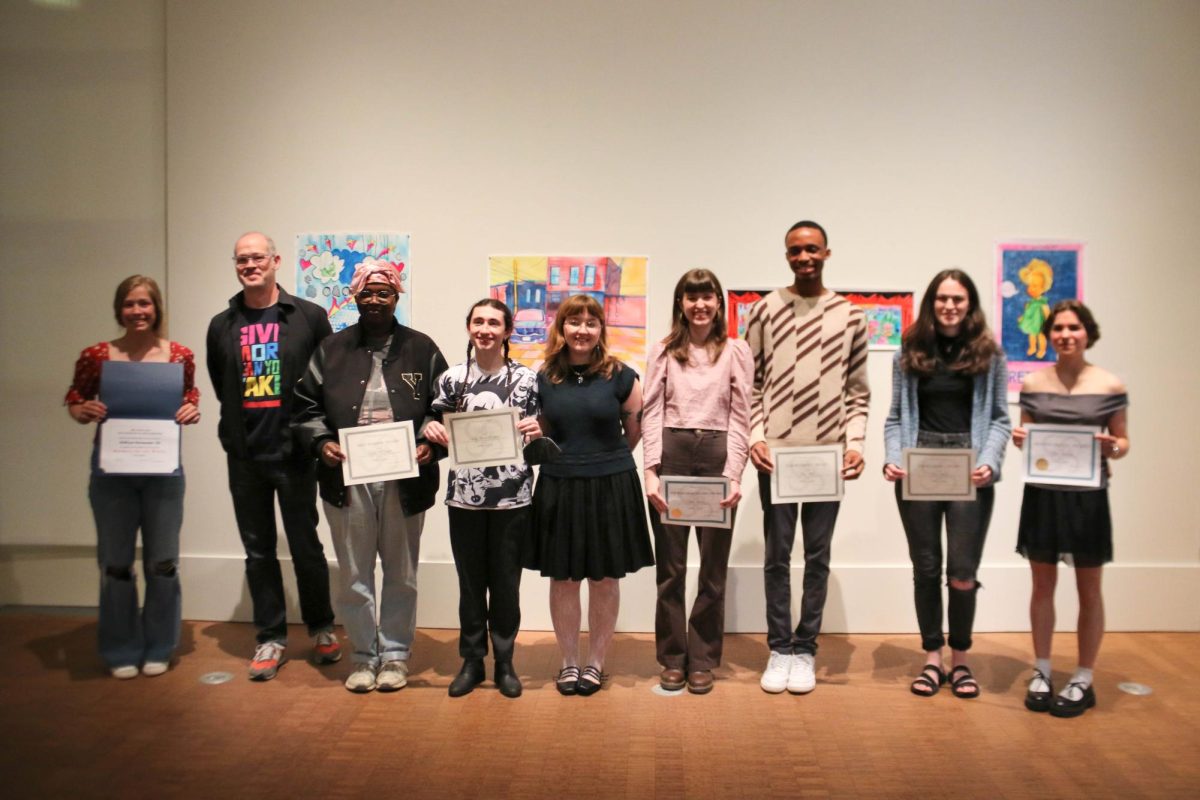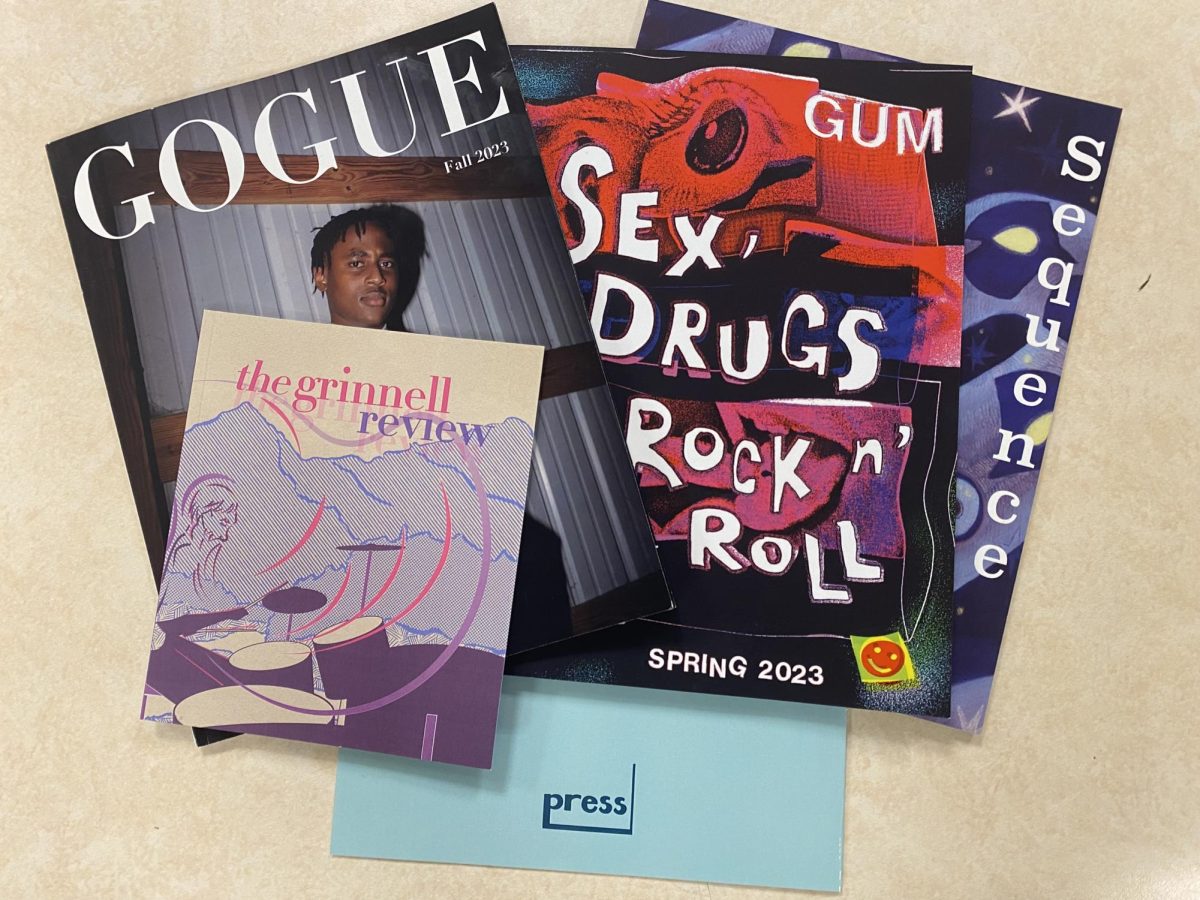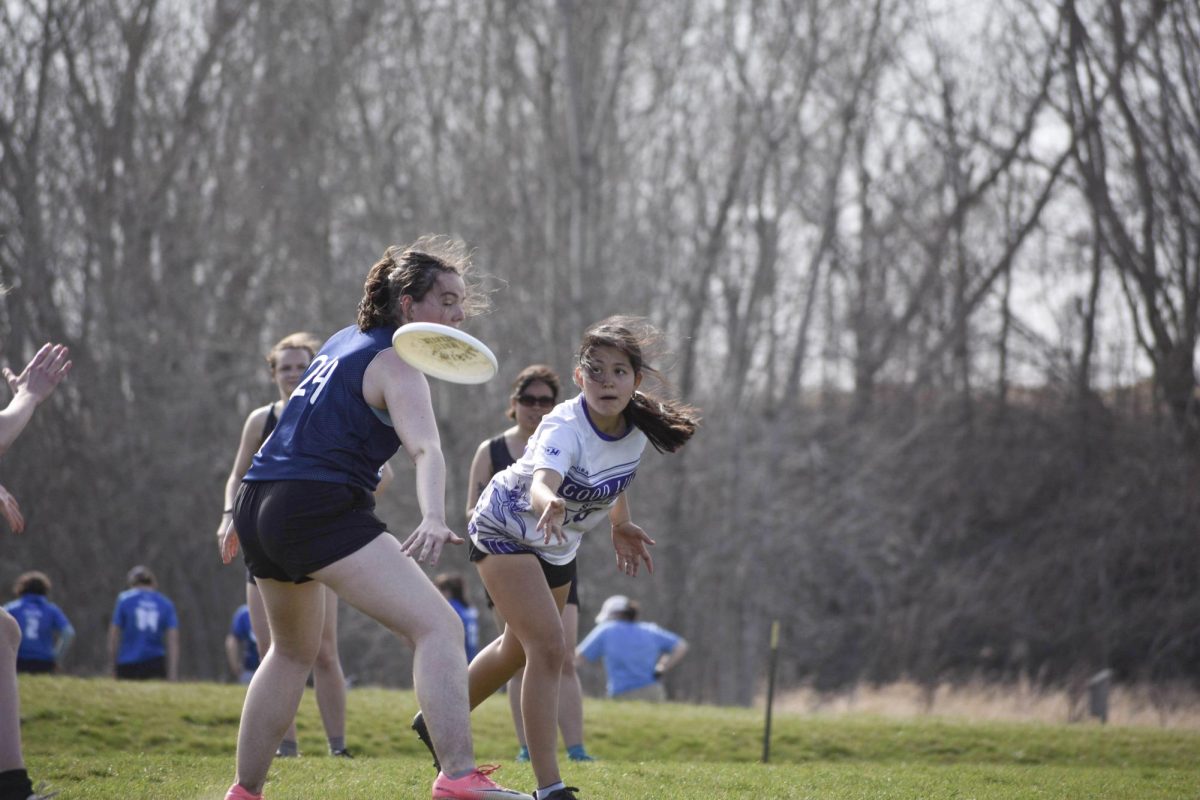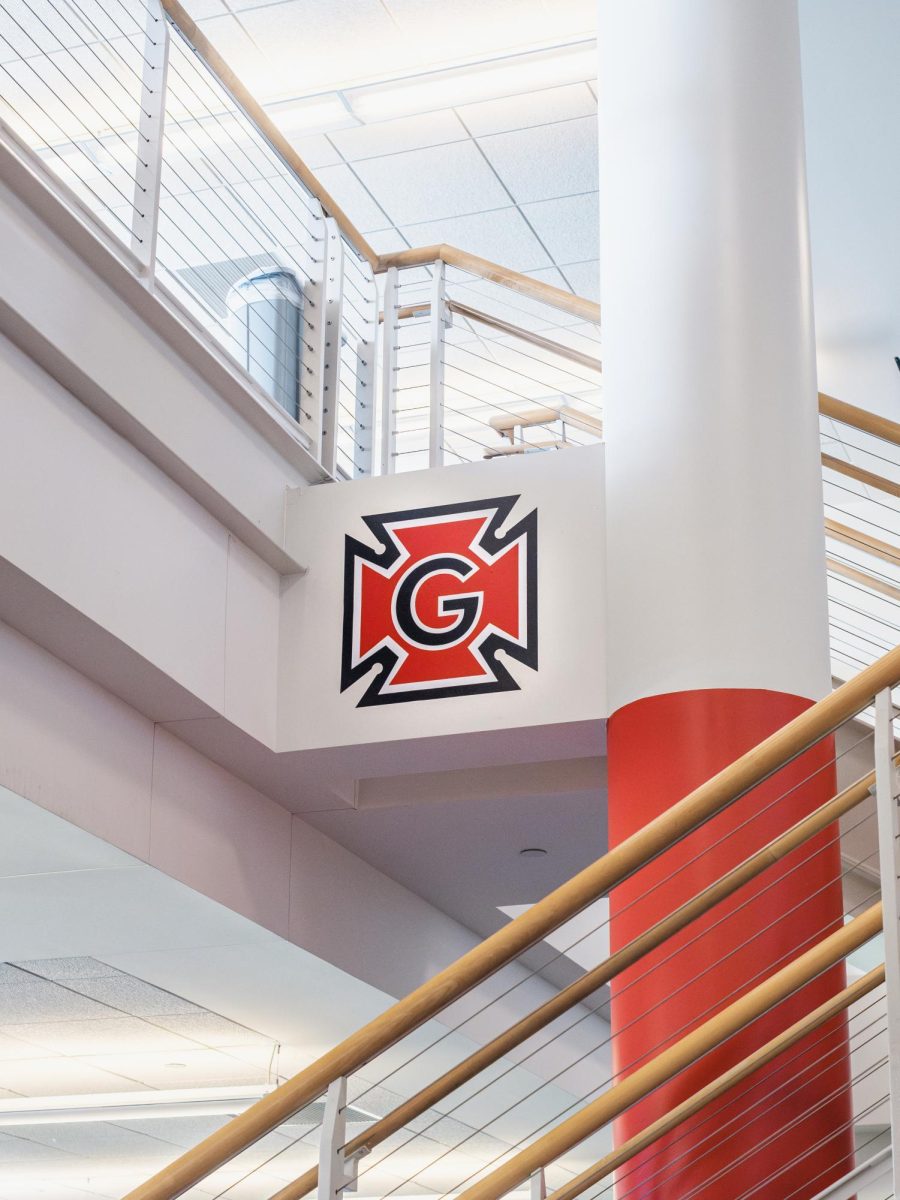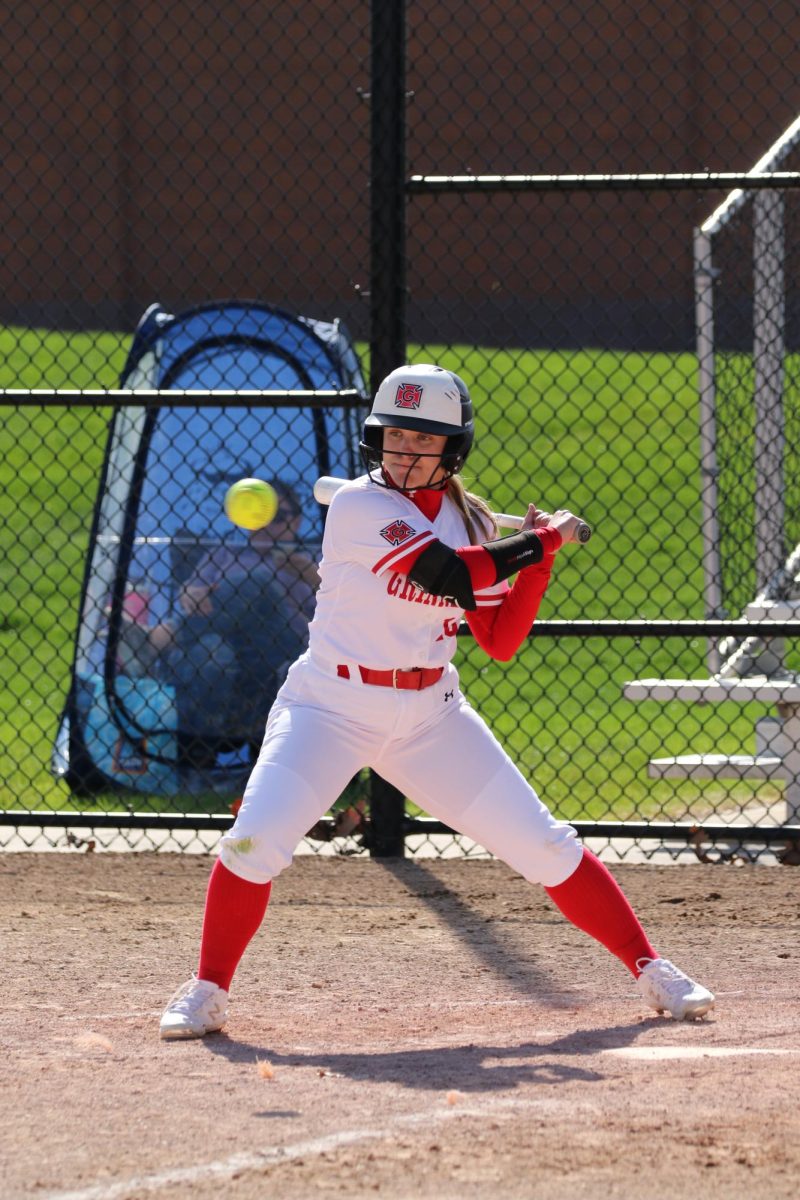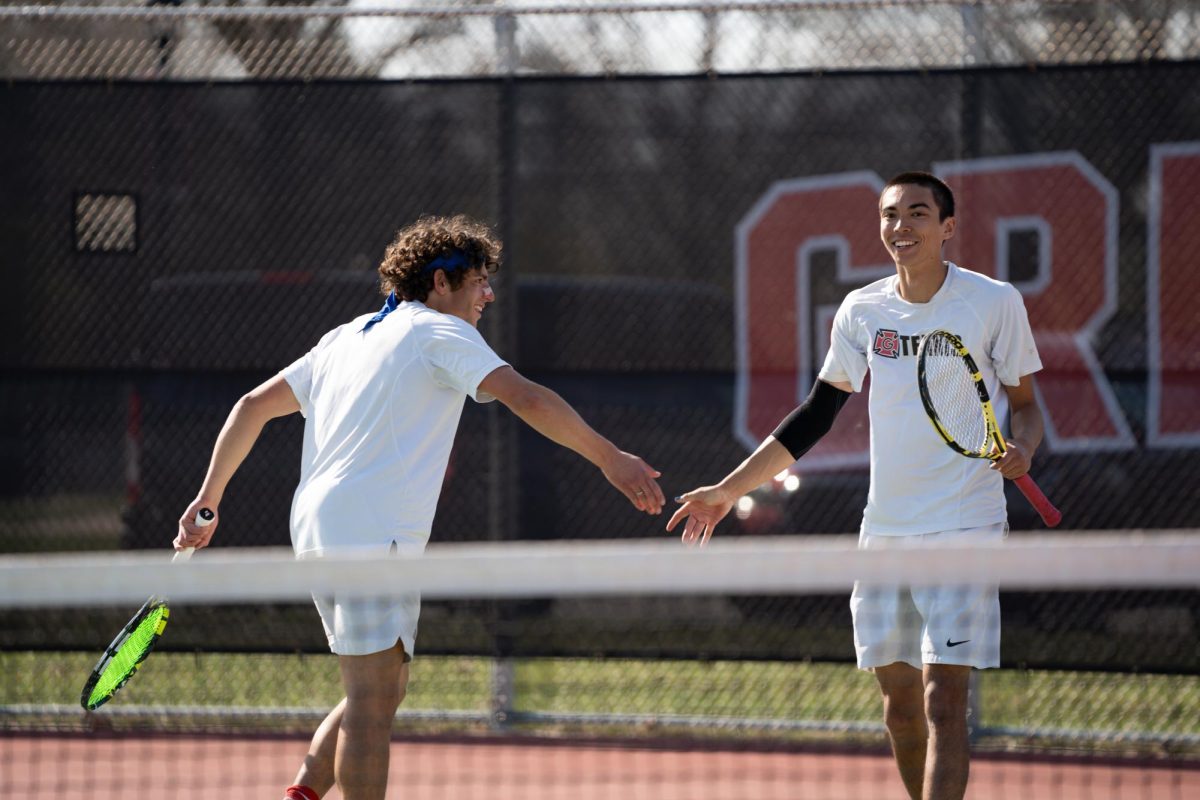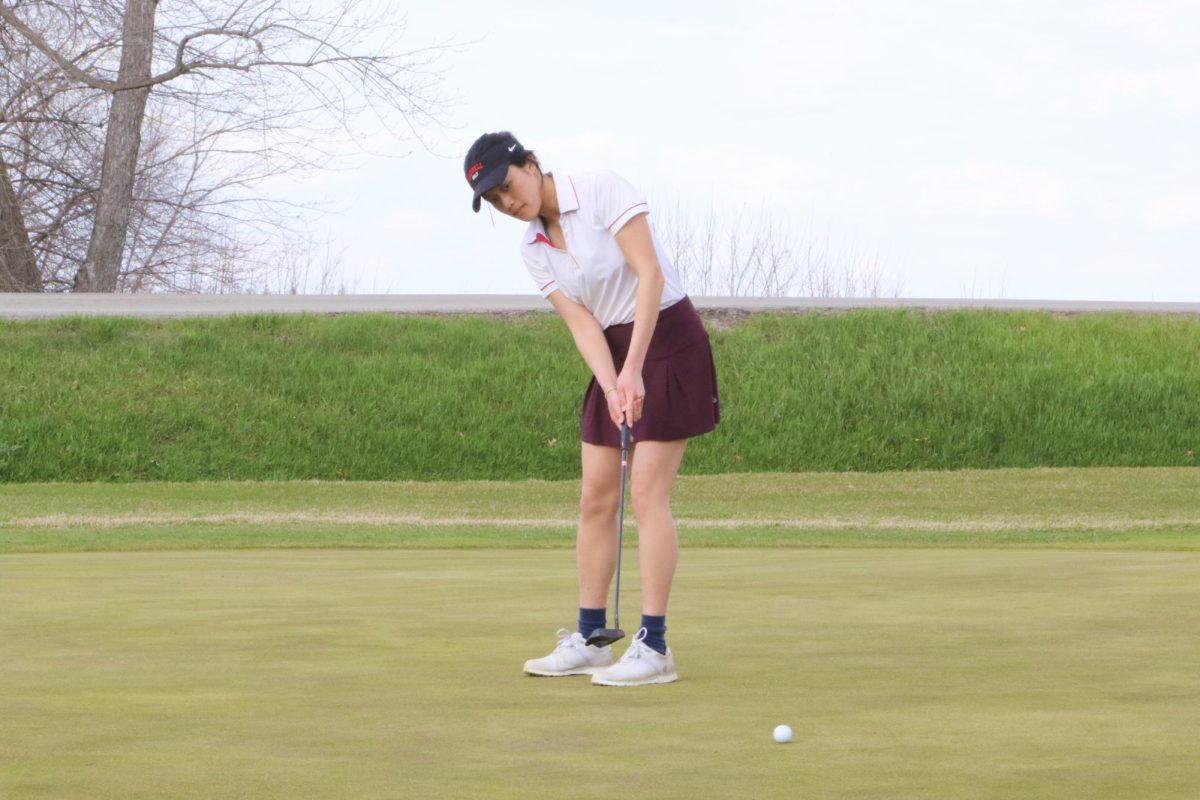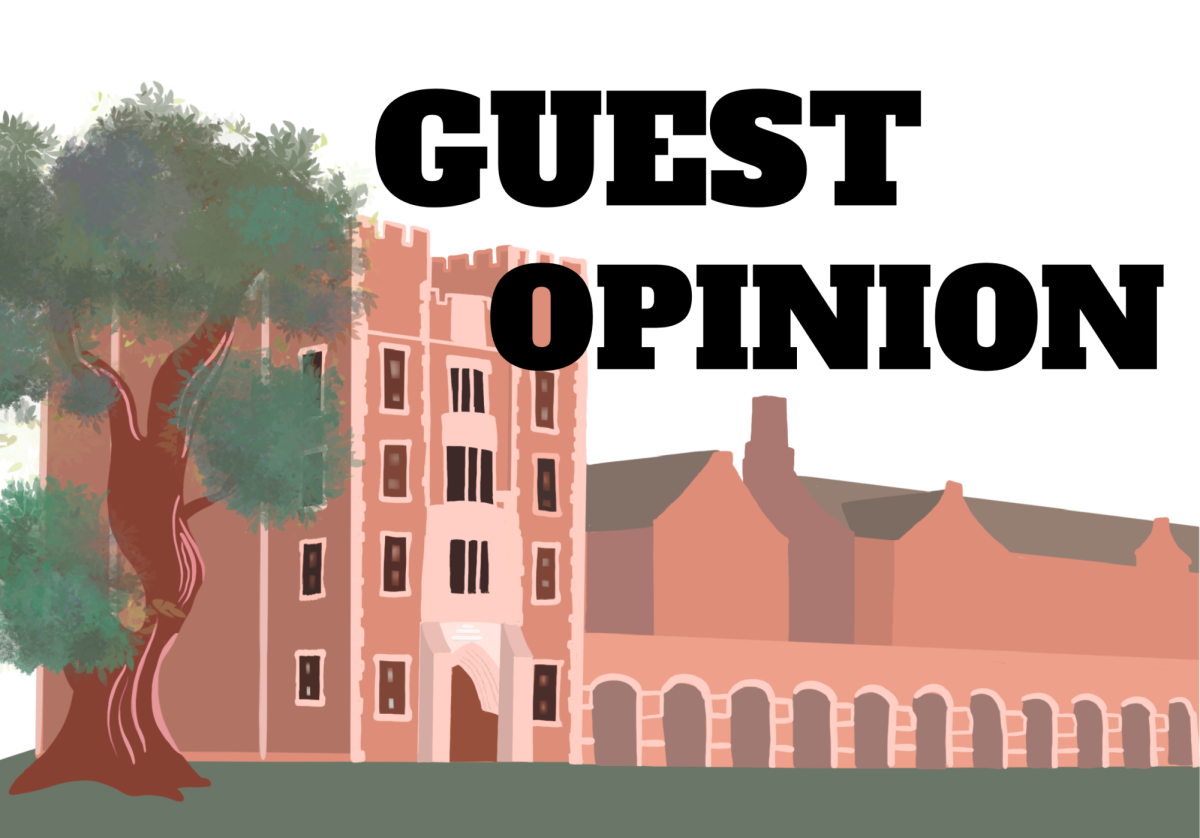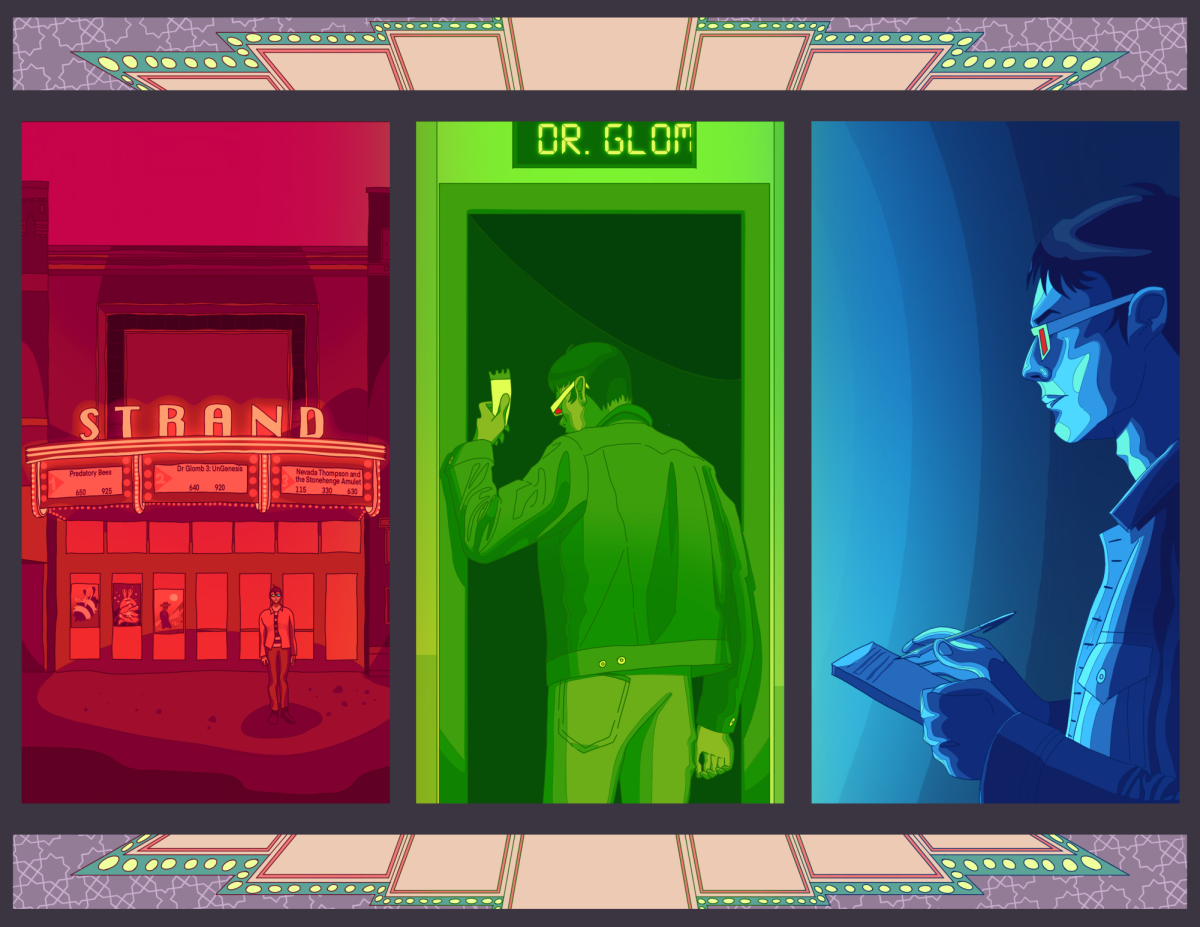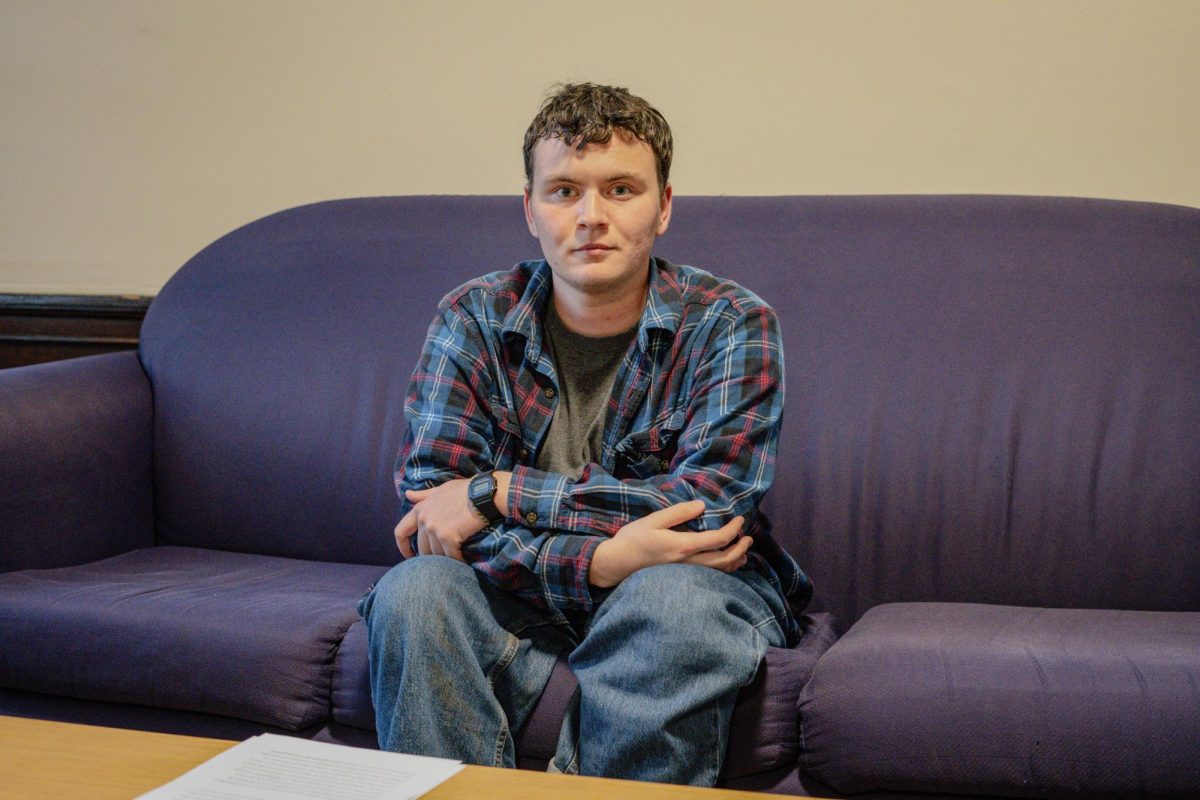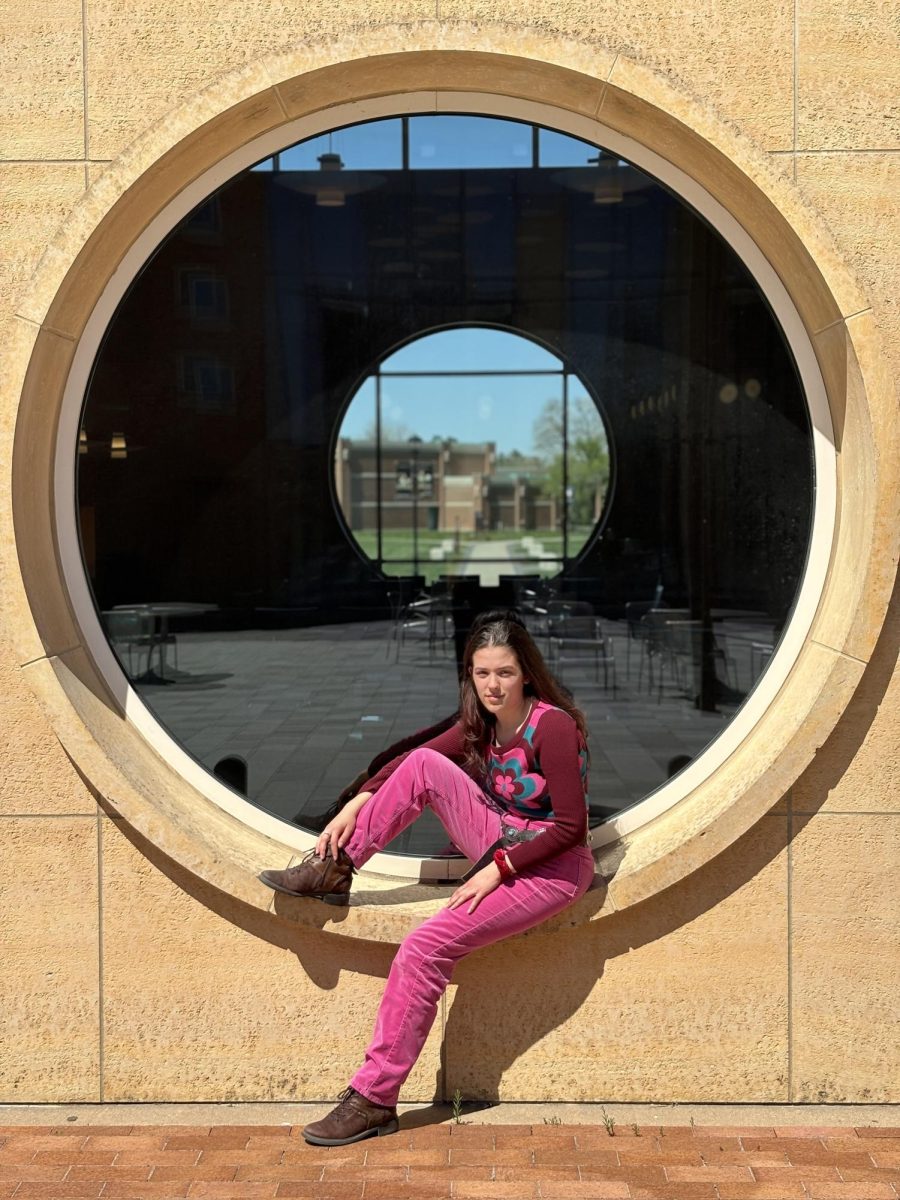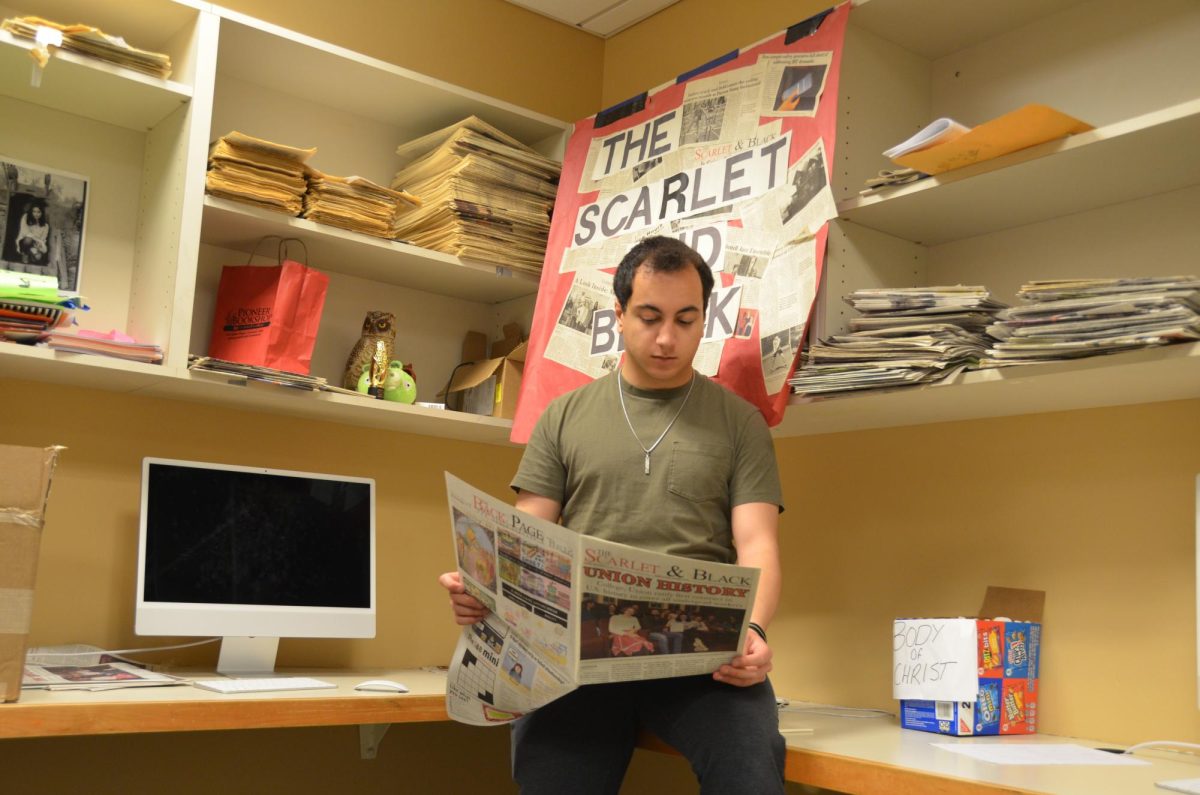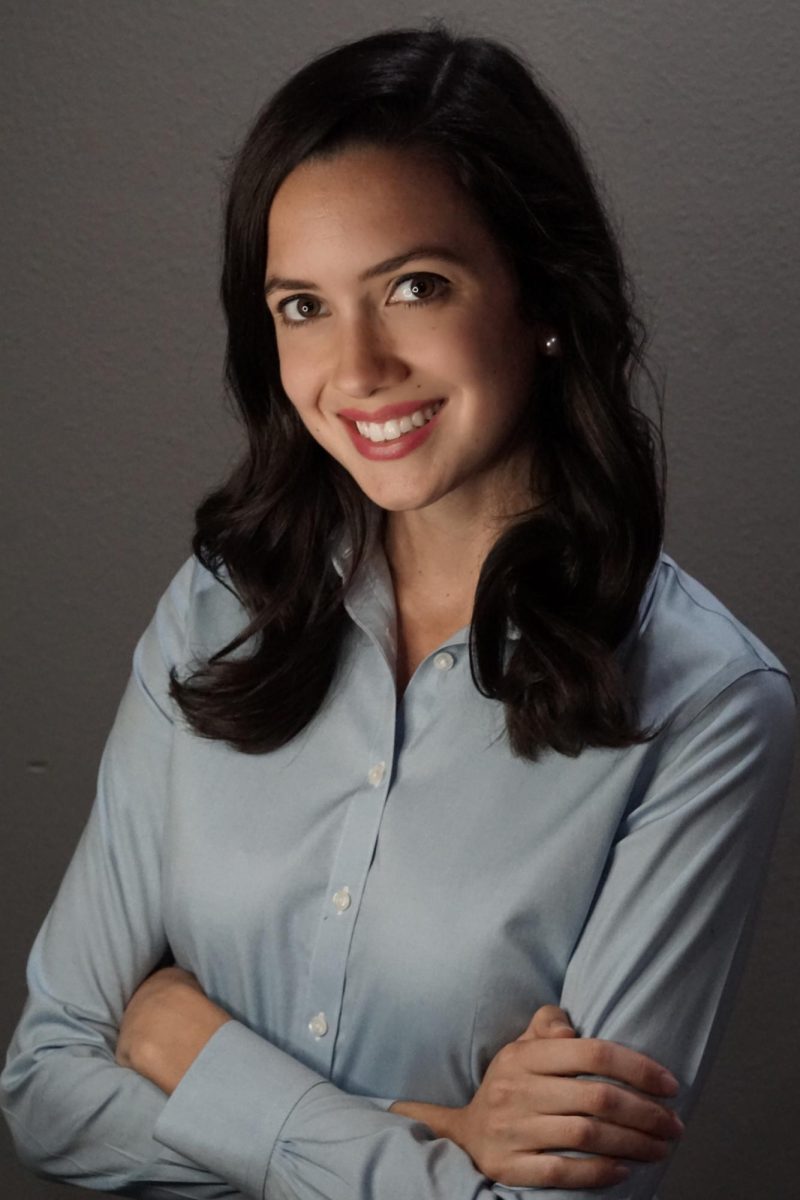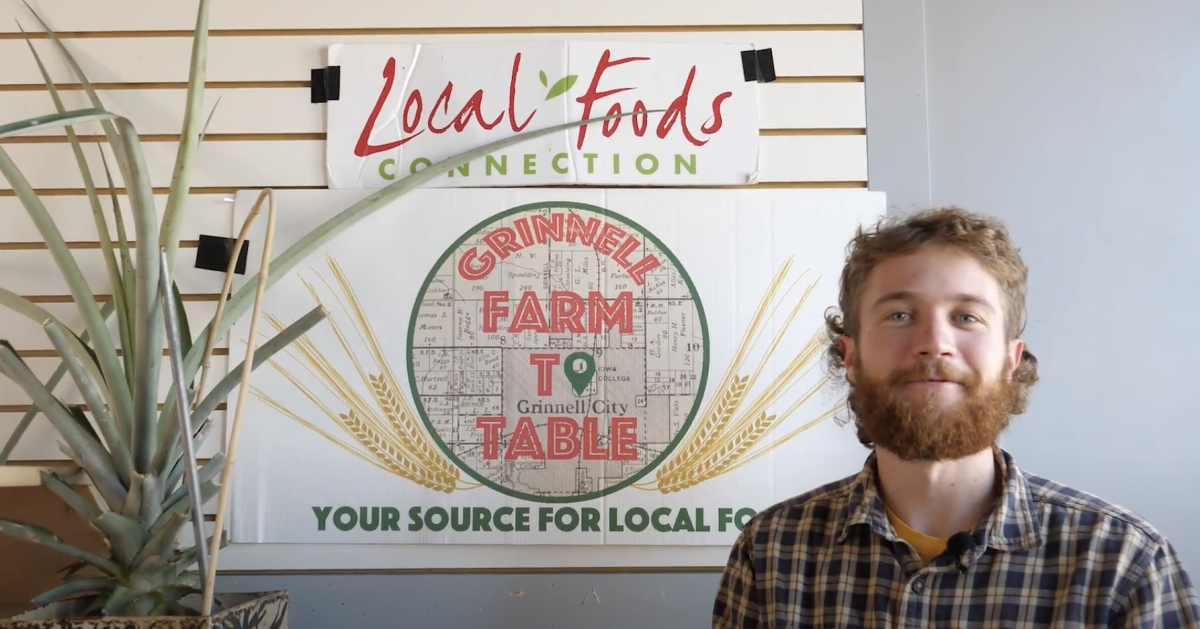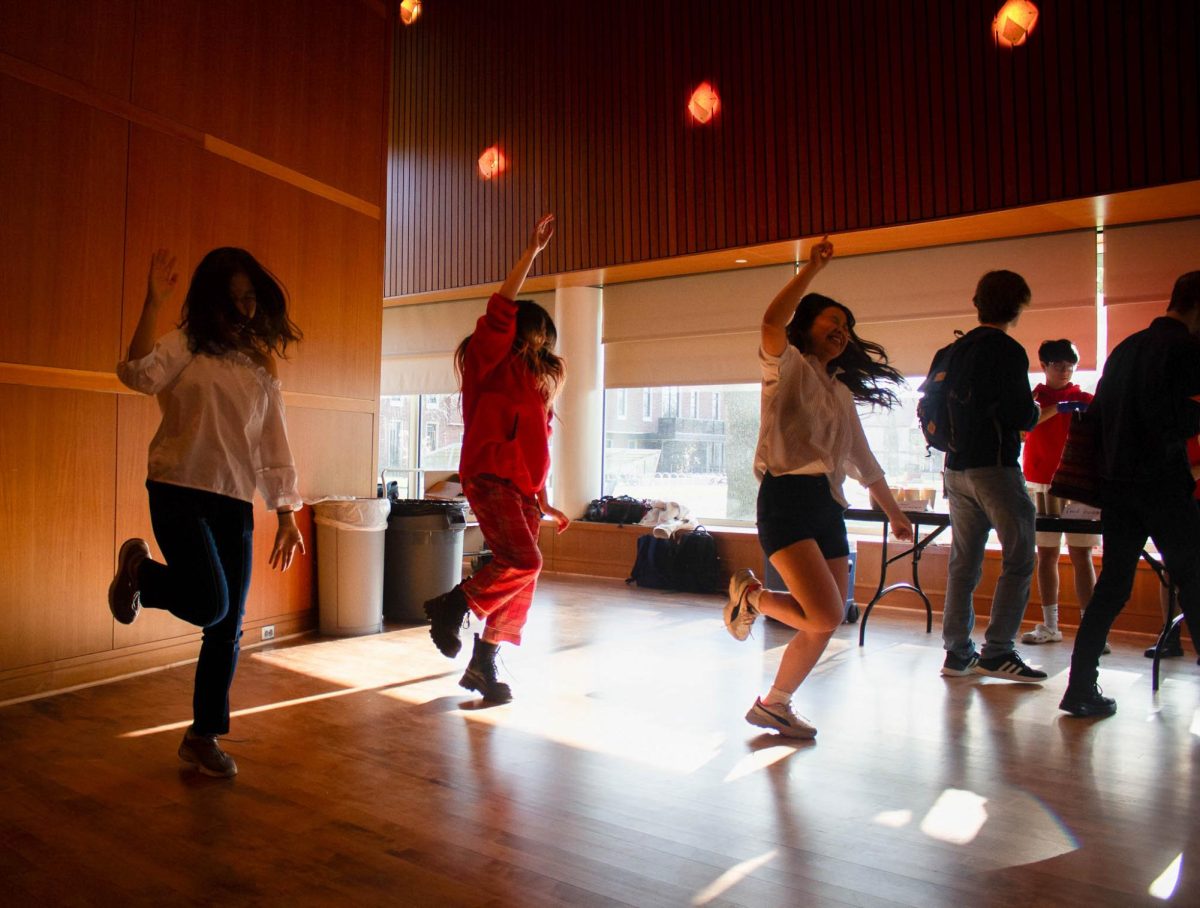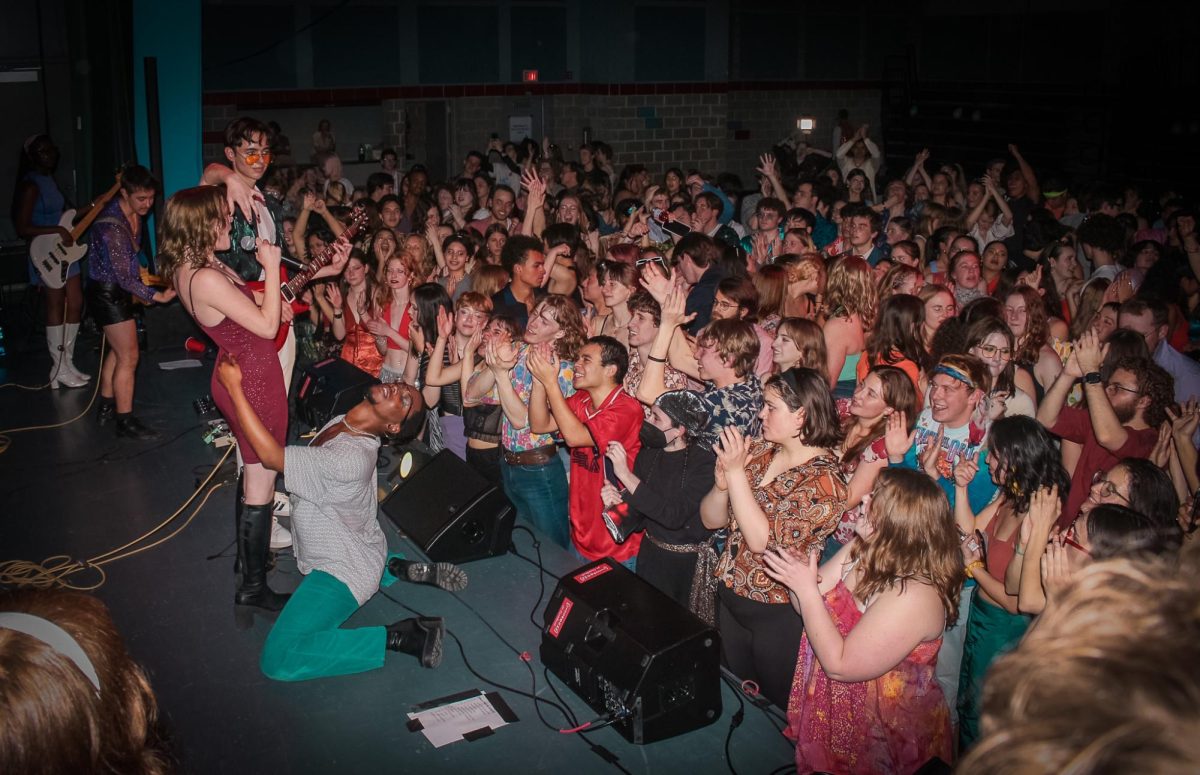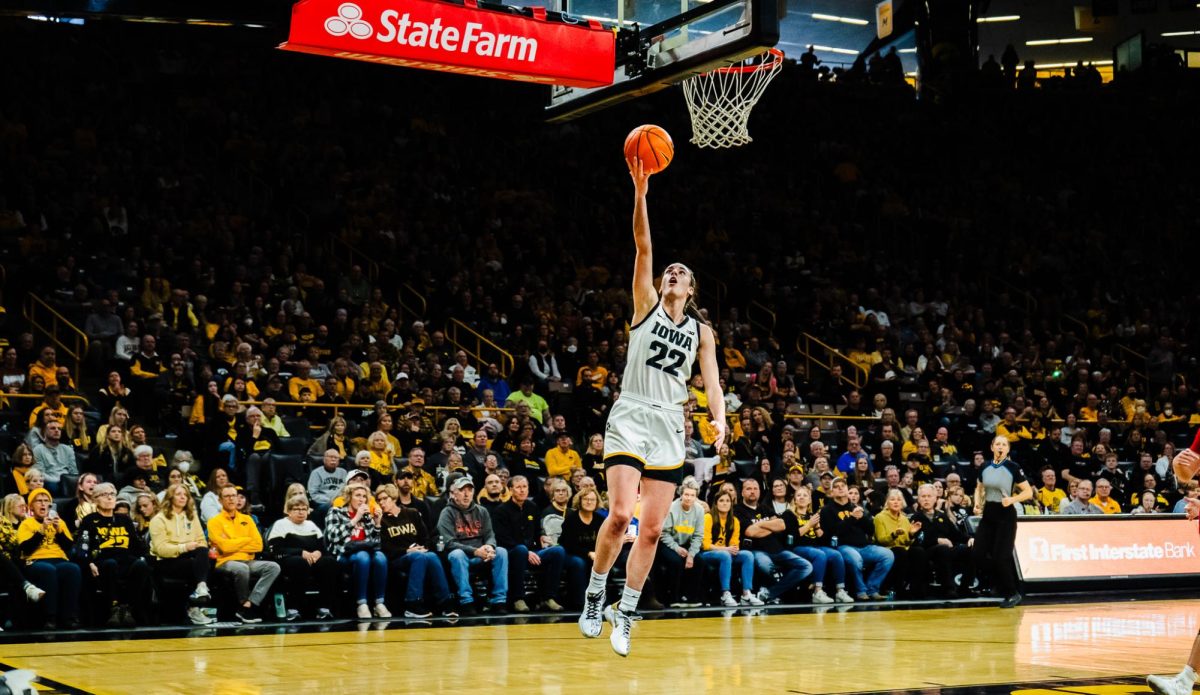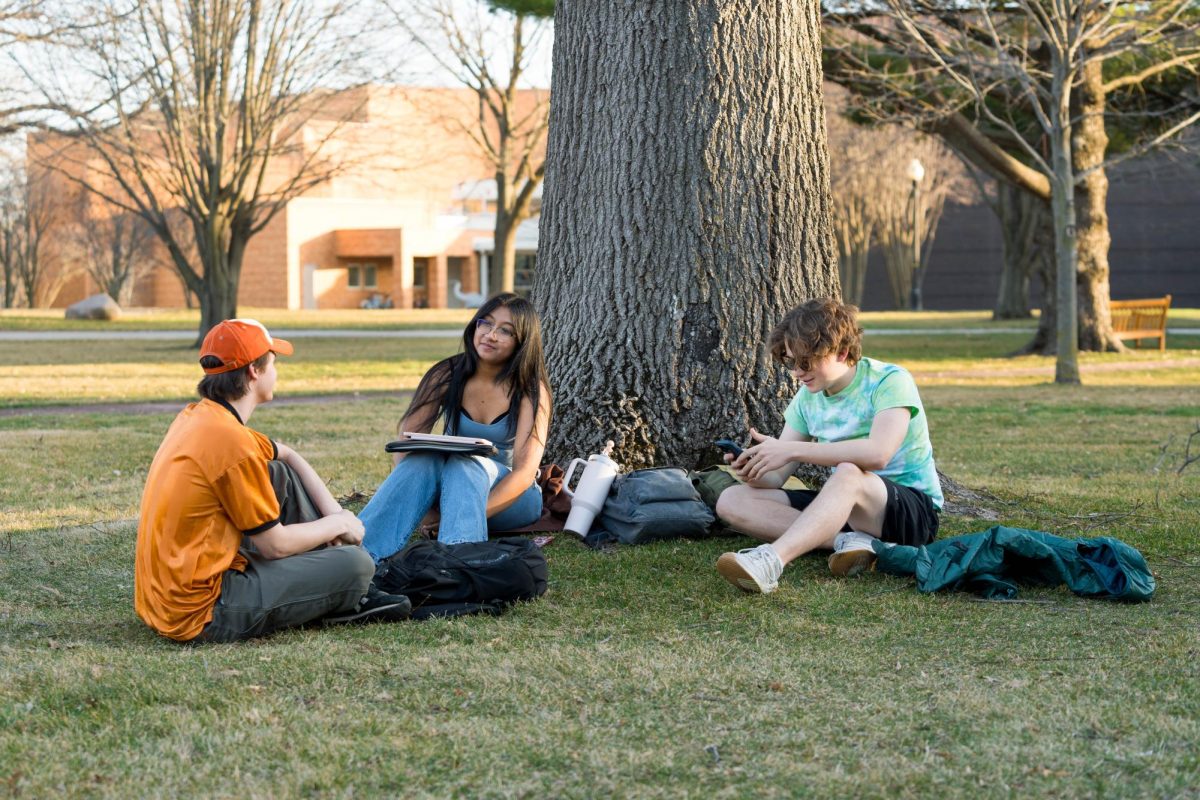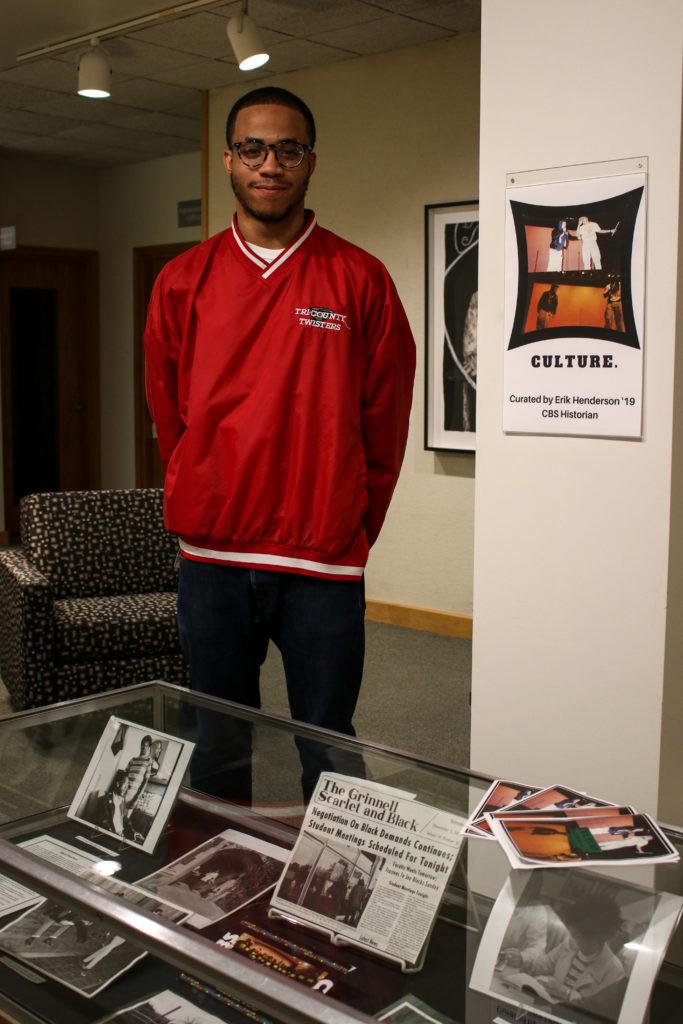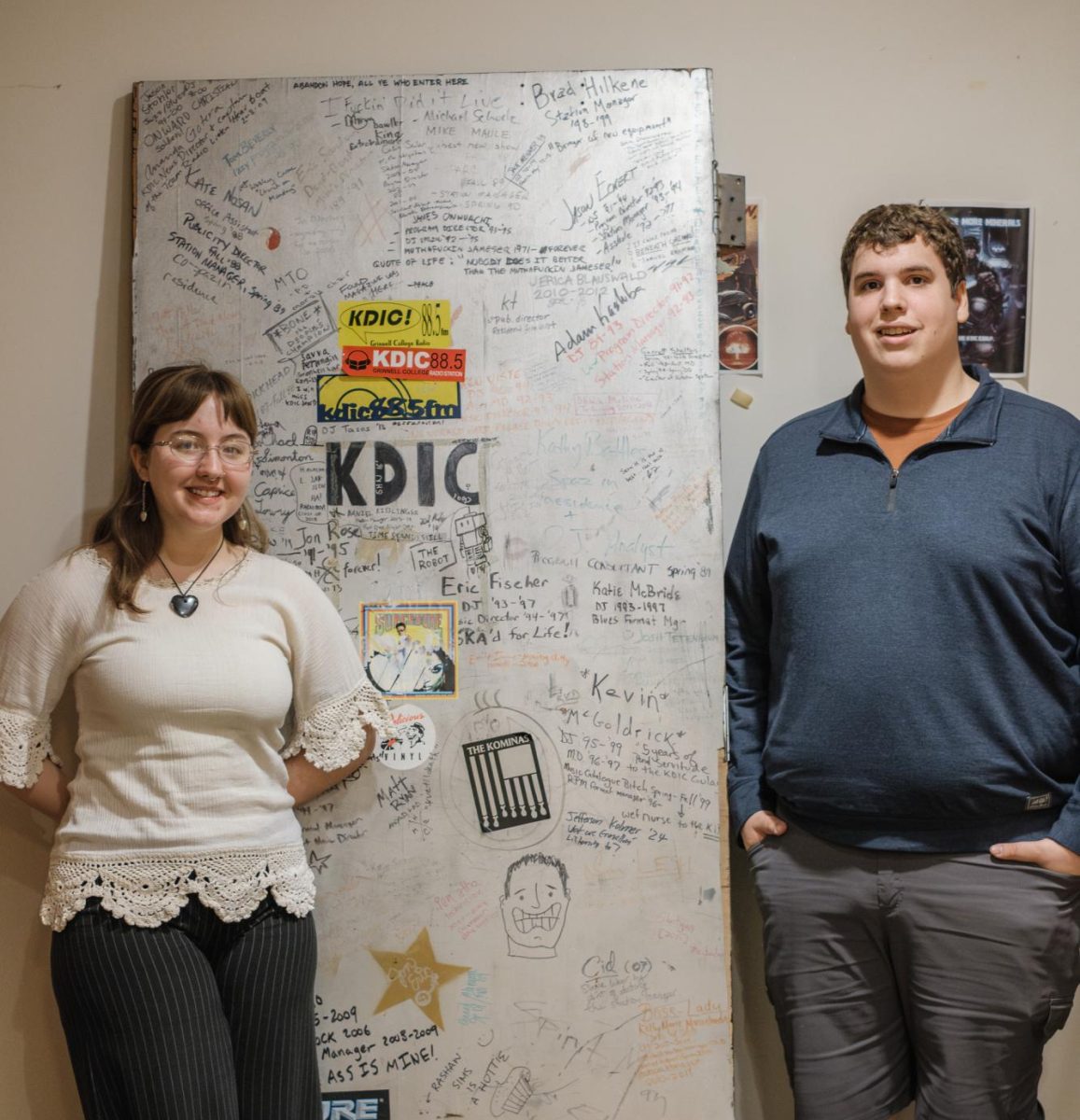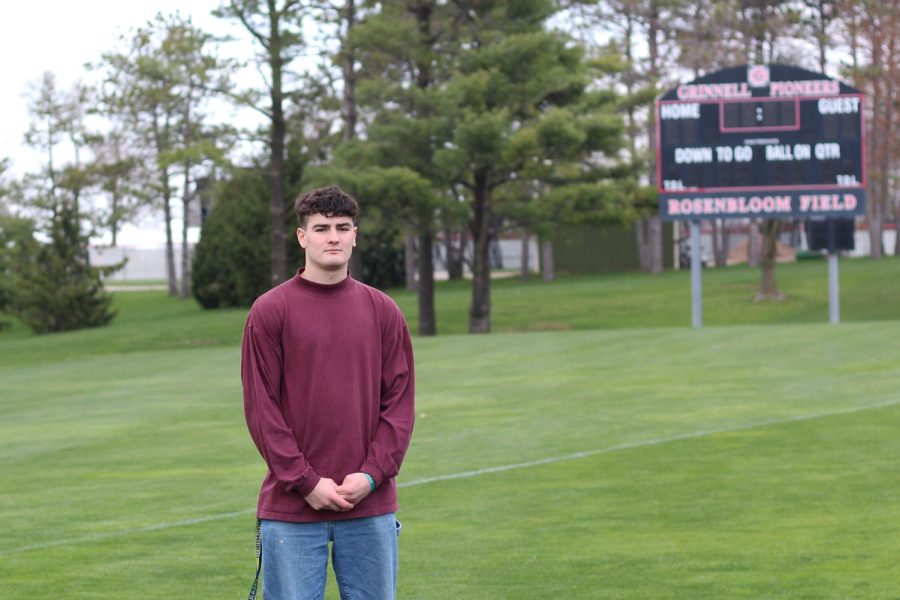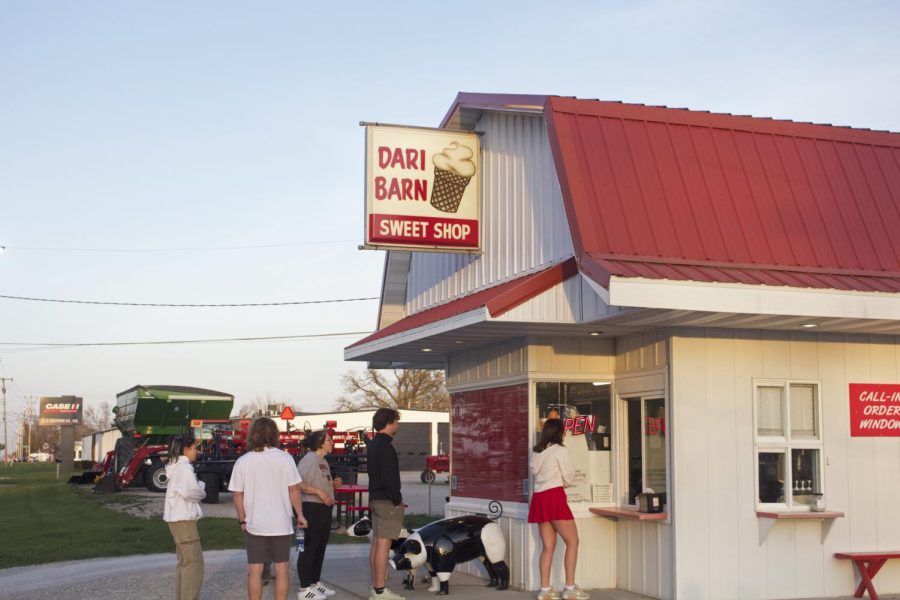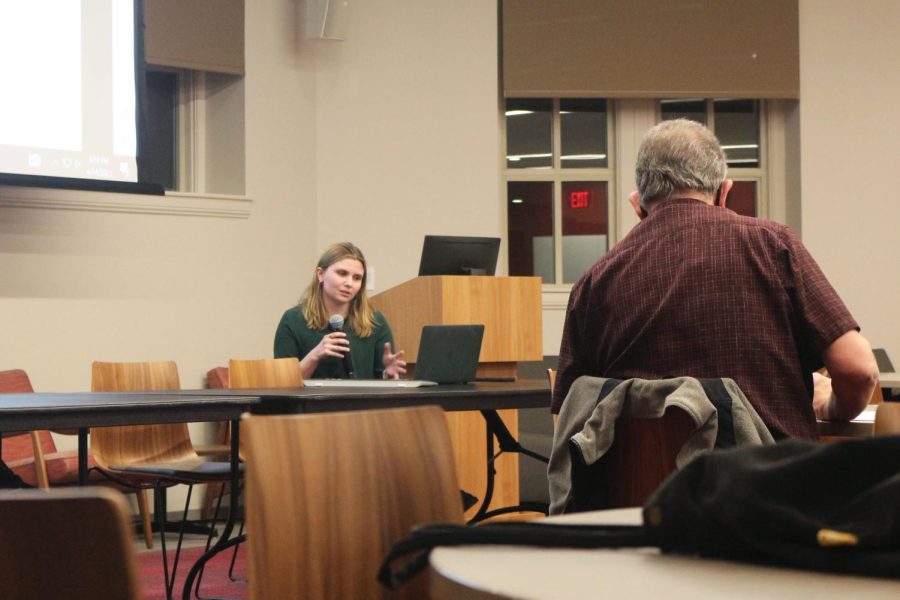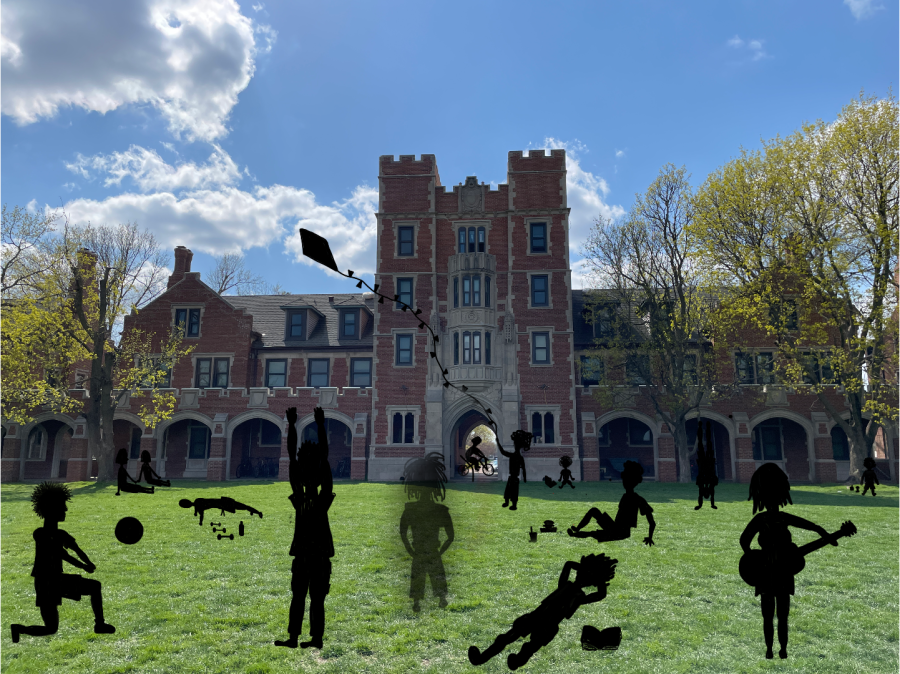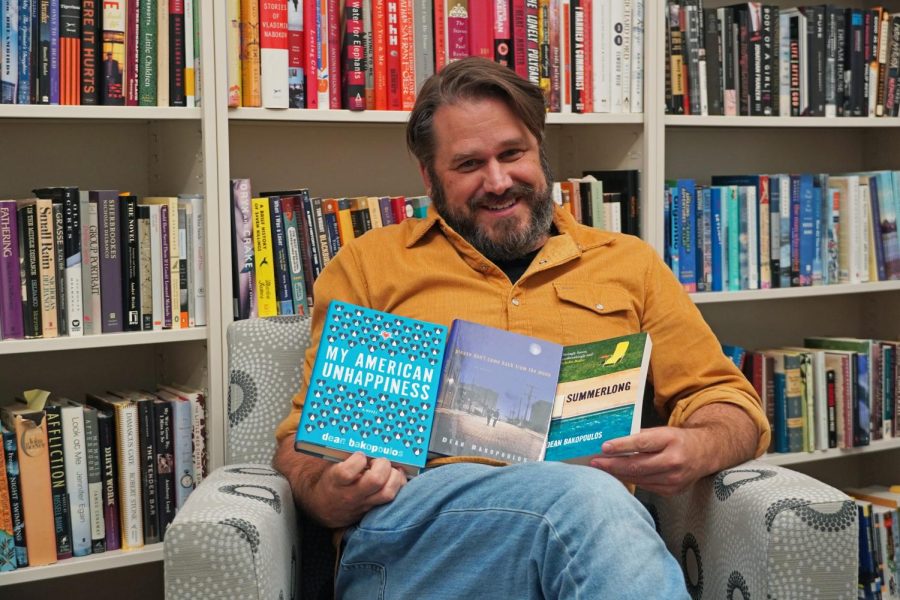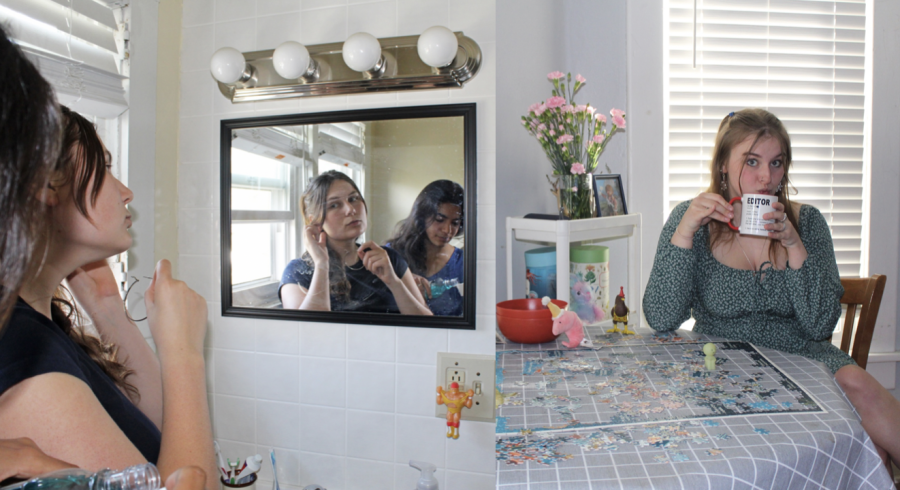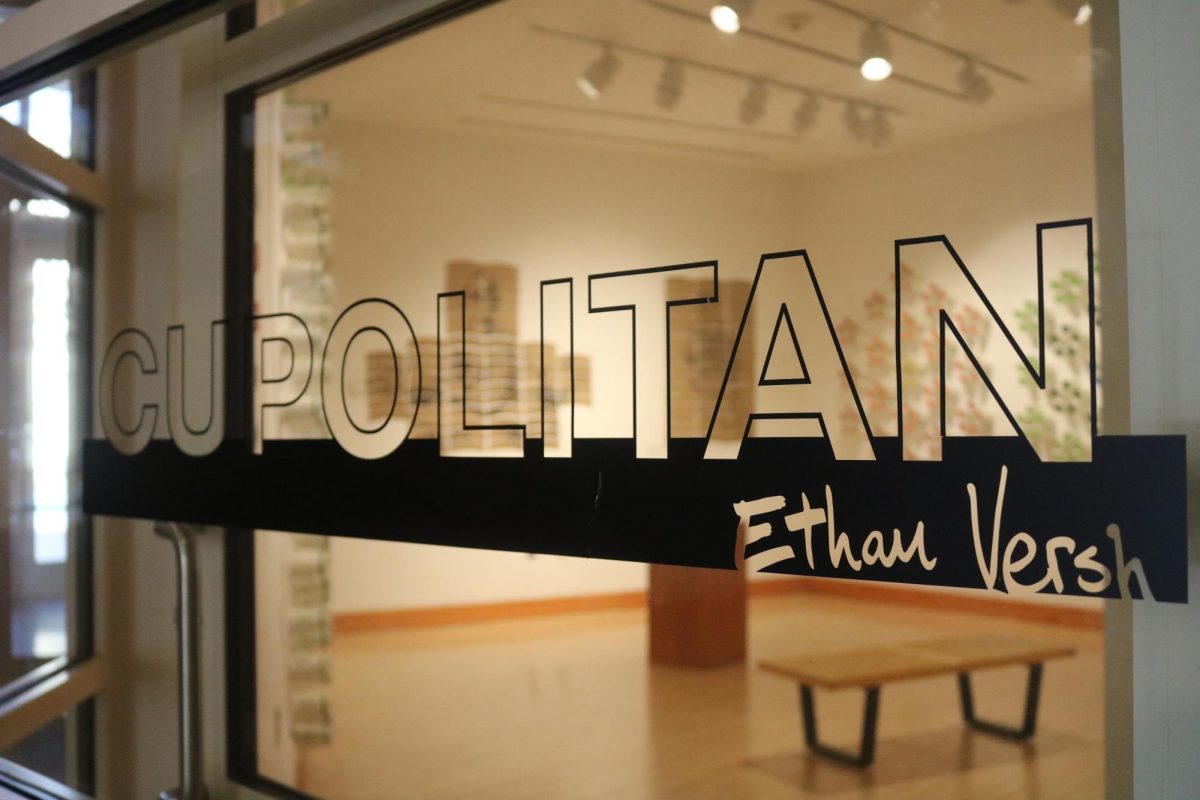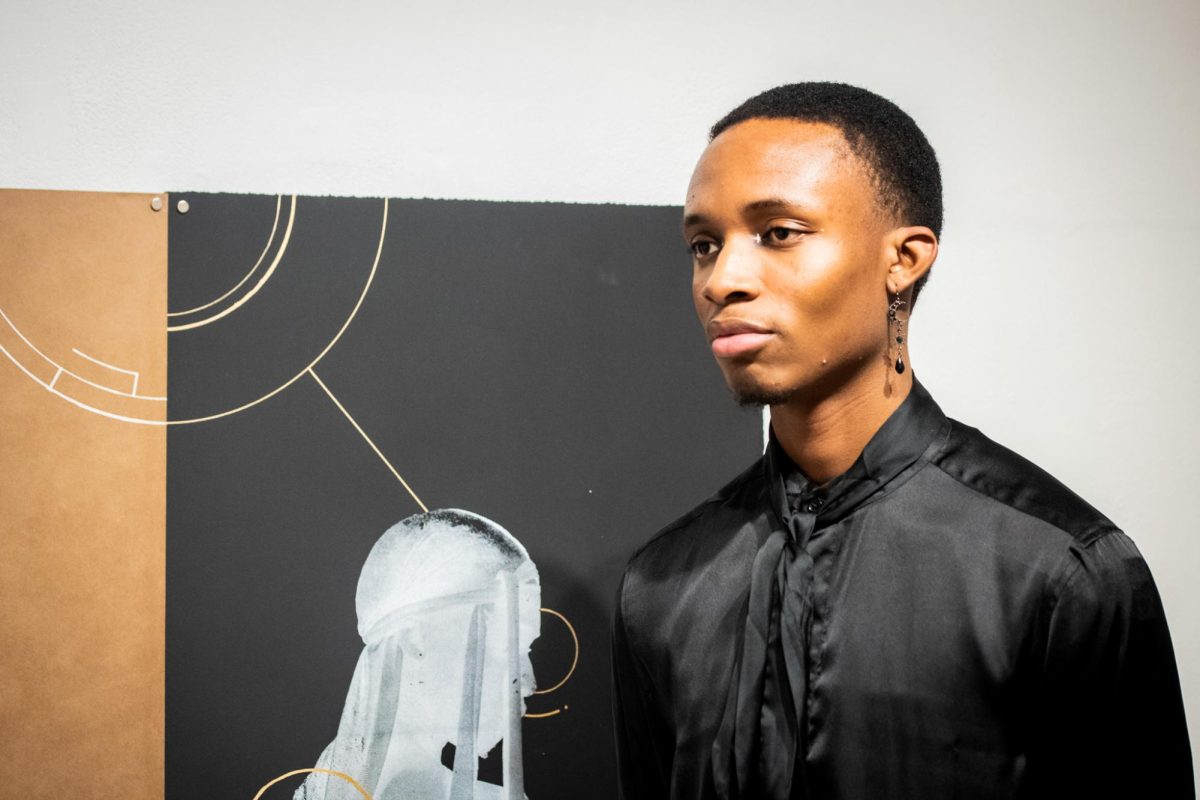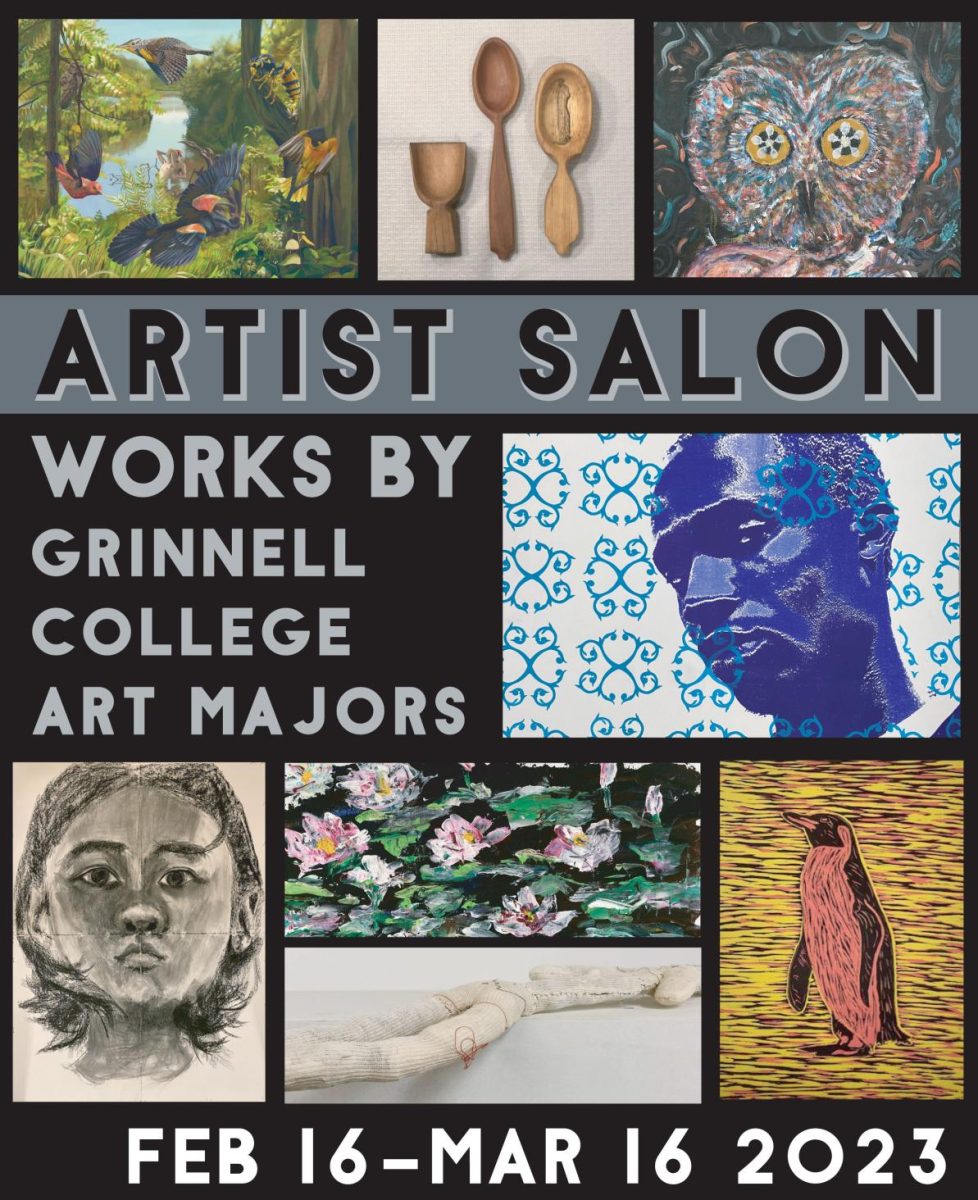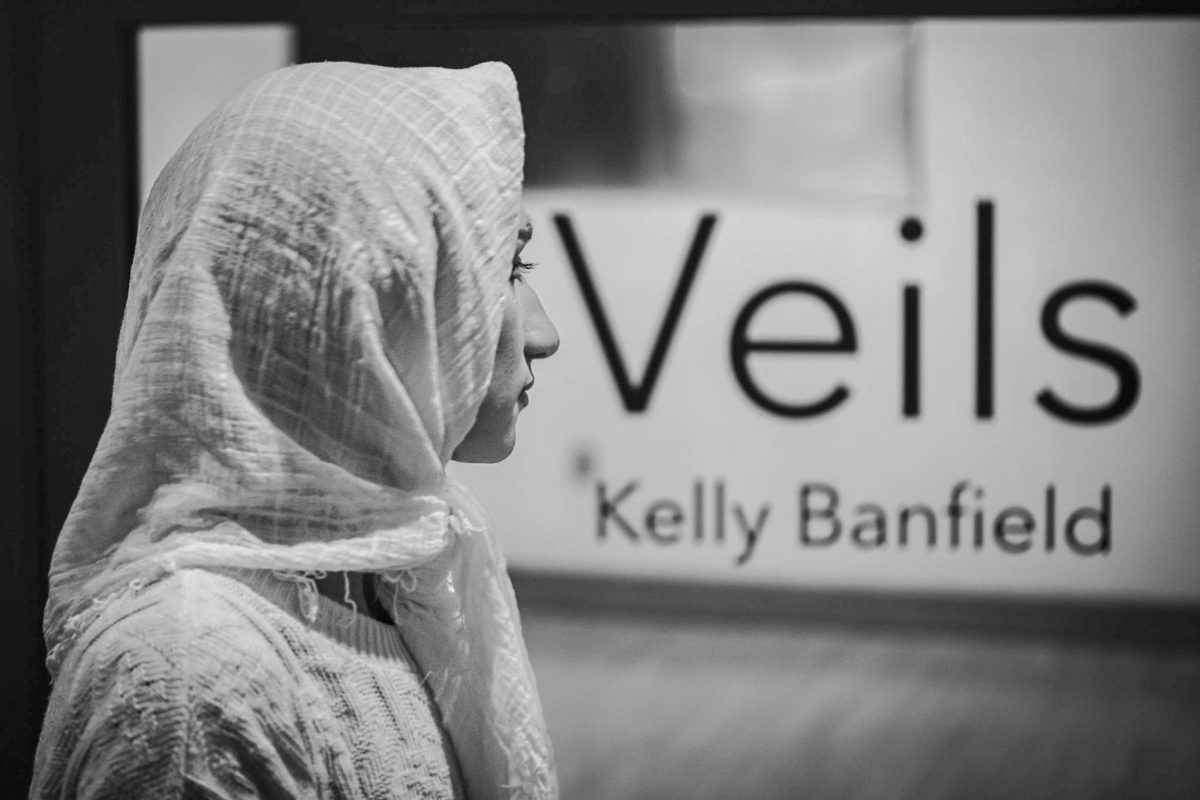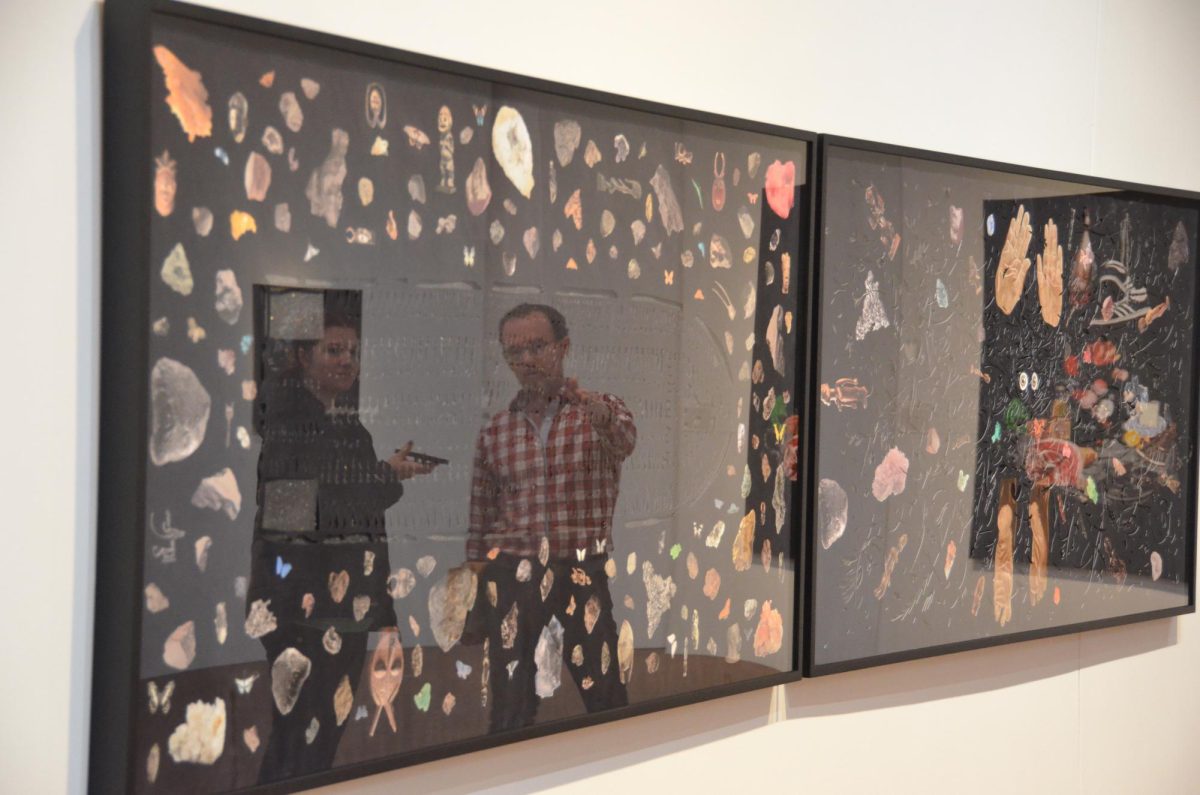By Saiham Sharif
sharifsa@grinnell.edu
The Concerned Black Students (CBS) exhibit curated by Erik Henderson ’19 is now on display by the Special Collections Archive in the basement of Burling Library. The exhibit features historical documents about Black student life at Grinnell, stretching as far back as the 1850s.
One of the earliest documents is a letter from the College president in 1857 expressing his thoughts on the town of Grinnell driving a Black man out of town. Other documents highlight important figures such as Martin Luther King Jr. and Conney M. Kimbo, whom Grinnell College’s Black Cultural Center is named after. Kimbo pushed to bring more Black students and faculty to campus.
The exhibit reveals much about institutional memory that can be easily forgotten, and the relevance of past struggles today. One of the pieces shows student demand for a Black Studies major, which did exist for sometime, before it was removed in 1997.
“One of our goals now is to get a Black Studies concentration or the major back,” Henderson said.
Popular knowledge holds that Hannibal Kershaw ’79 was the first Black student to graduate from Grinnell. Records, however, indicate that the first Black student was a female, who did not go on to graduate from the College.
The exhibit also features Black Voices magazine, a Black student publication that began in 1988 and published for 15 years before fizzling out between 2002 and 2003.
“[‘Black Voices’ was] made by Davis Simmons, a student from Chicago, who was tired of Black students being silenced on campus. He took it upon himself to create this publication called ‘Black Voices,’ where students can speak to what they feel,” Henderson said. “It’s close to my home and myself. It reminds me of my own role right now, bringing information to the forefront of conversation.”
The exhibit acts not only as an important account of life at Grinnell for Black students, but also as a testament to the College’s tradition of social justice. For example, the bombing of the Black Panther Headquarters in 1971 was a pivotal moment for CBS. Various documents recall the effort of Black students to have power in on-campus policy decisions.
Henderson began working on the exhibit in the middle of July, as a part of his summer research job, and finished by late August.
“My day-to-day was so awesome. I was energetic and anxious to read and learn more,” Henderson said. “The first three to four weeks, I was probably reading. The last two weeks, I was doing my pamphlet, which is 16 pages. I want it to be something people can see and remember that this was here at one point.”
The initial plan was for the exhibit to be composed of distinct sections, with one section focusing on activism, another on publications and so on. Chris Jones and Allison Haack, the Special Collections archivists, helped find interesting resources and lay out the exhibit.
“As time went on, I found more stuff. It made it a little harder to be concise, but I feel like it worked out well because it all connects,” Henderson said.
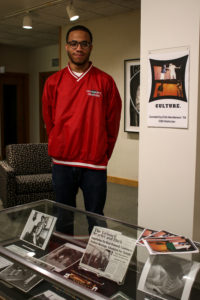
Photo by Mahira Faran
